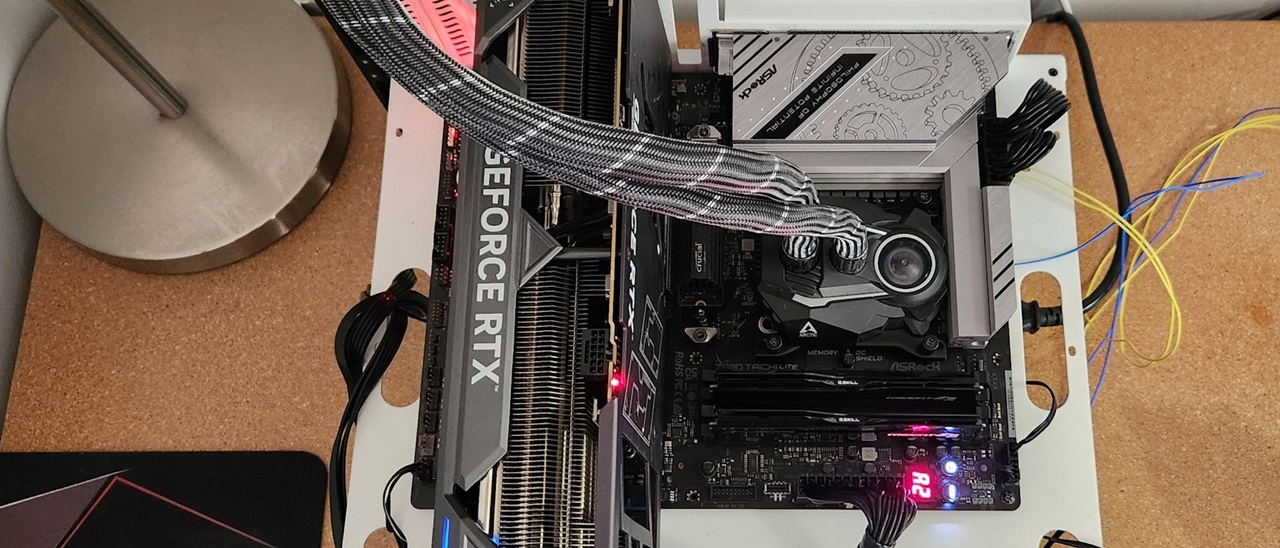Why you can trust Tom's Hardware
Firmware
Like previous ASRock boards, the Z890 Taichi Lite’s UEFI starts in Easy Mode, which is primarily informative, but it lets you change several options (XMP, profiles, boot order, access to Fan-Tastic Tuning, etc.). The black background and light blue accent colors on the Easy and Advanced modes are easy to read. Advanced mode has the same theme but displays headings across the top, with subheadings and details below.
Here, you can tweak everything, as ASRock includes every option you can think of. Overclocking is easy, with most options at your fingertips. The layout is logical, and the mouse movement is smooth. We have no significant complaints about the ASRock firmware, though, like the X870 counterpart, it feels a bit dated compared to the updated Gigabyte and MSI’s Click BIOS X UEFIs.
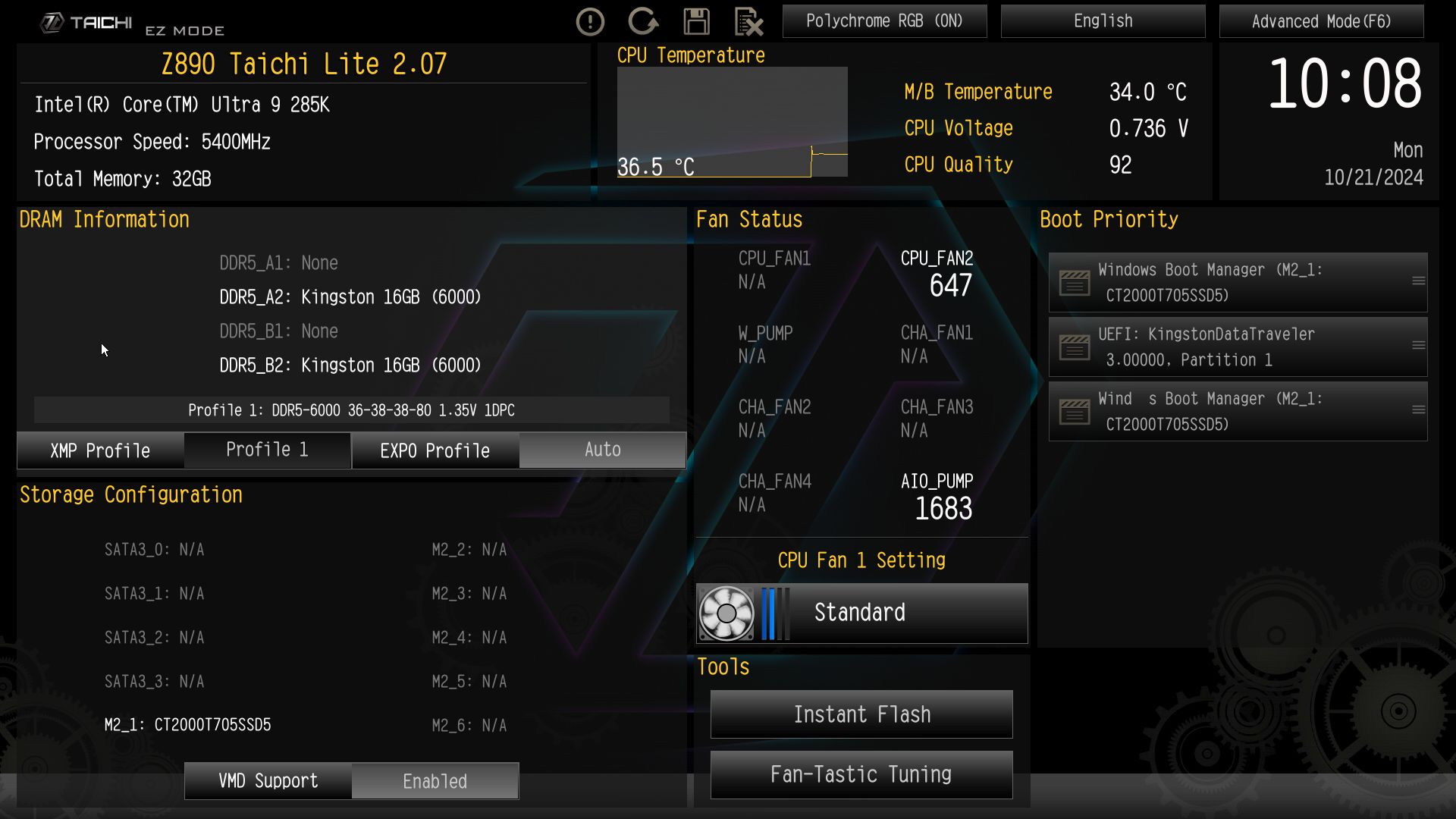
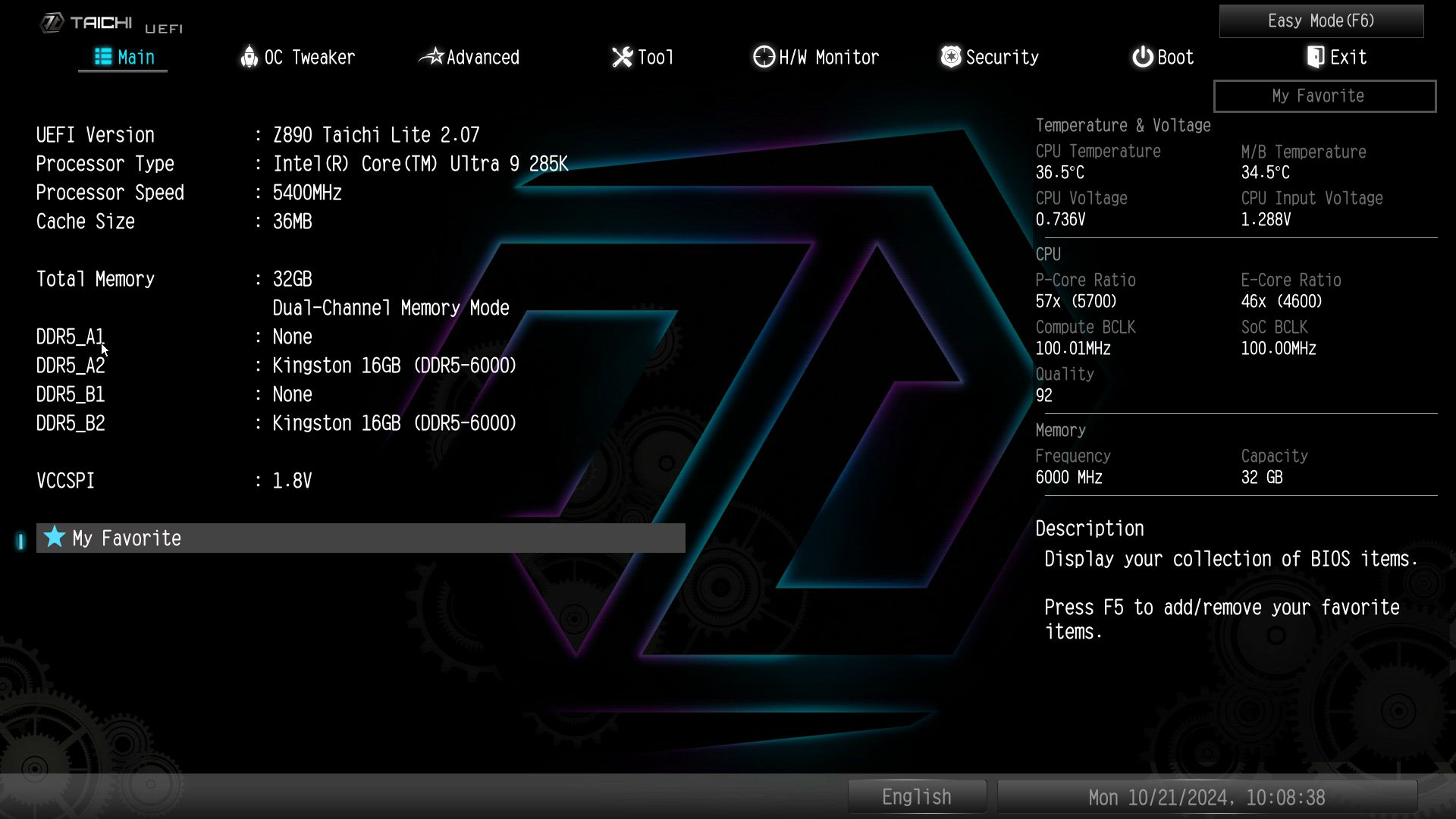
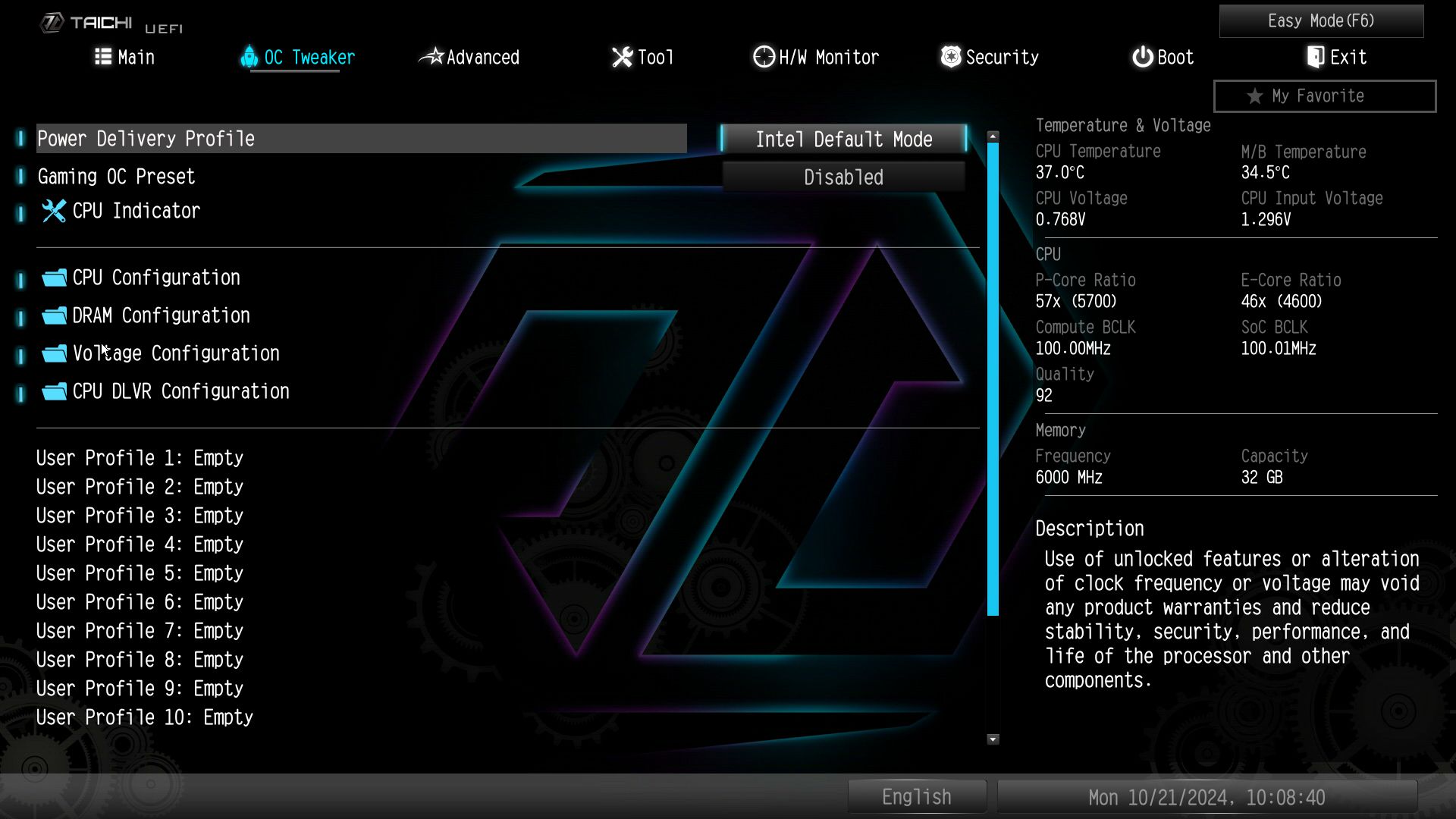
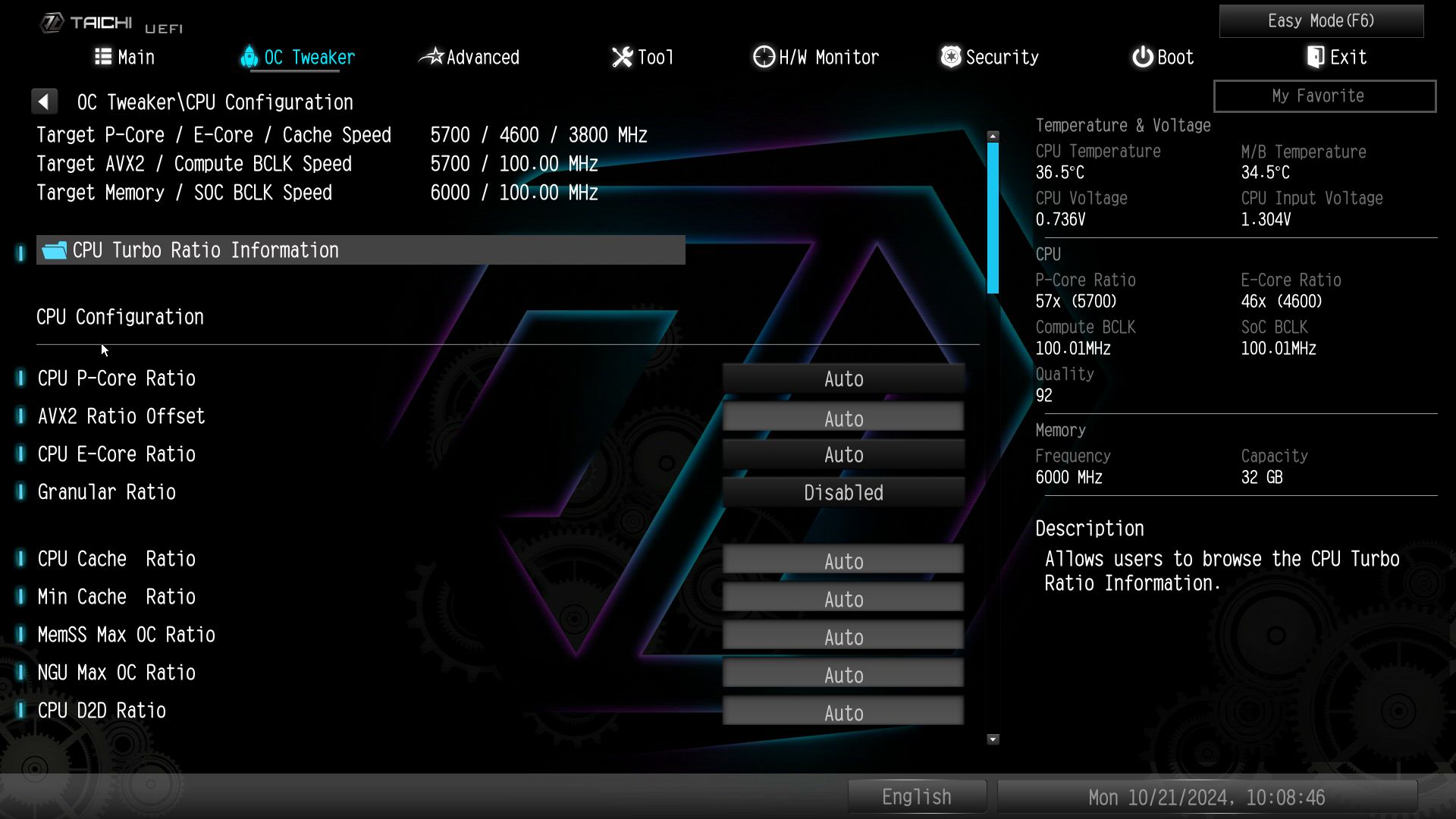
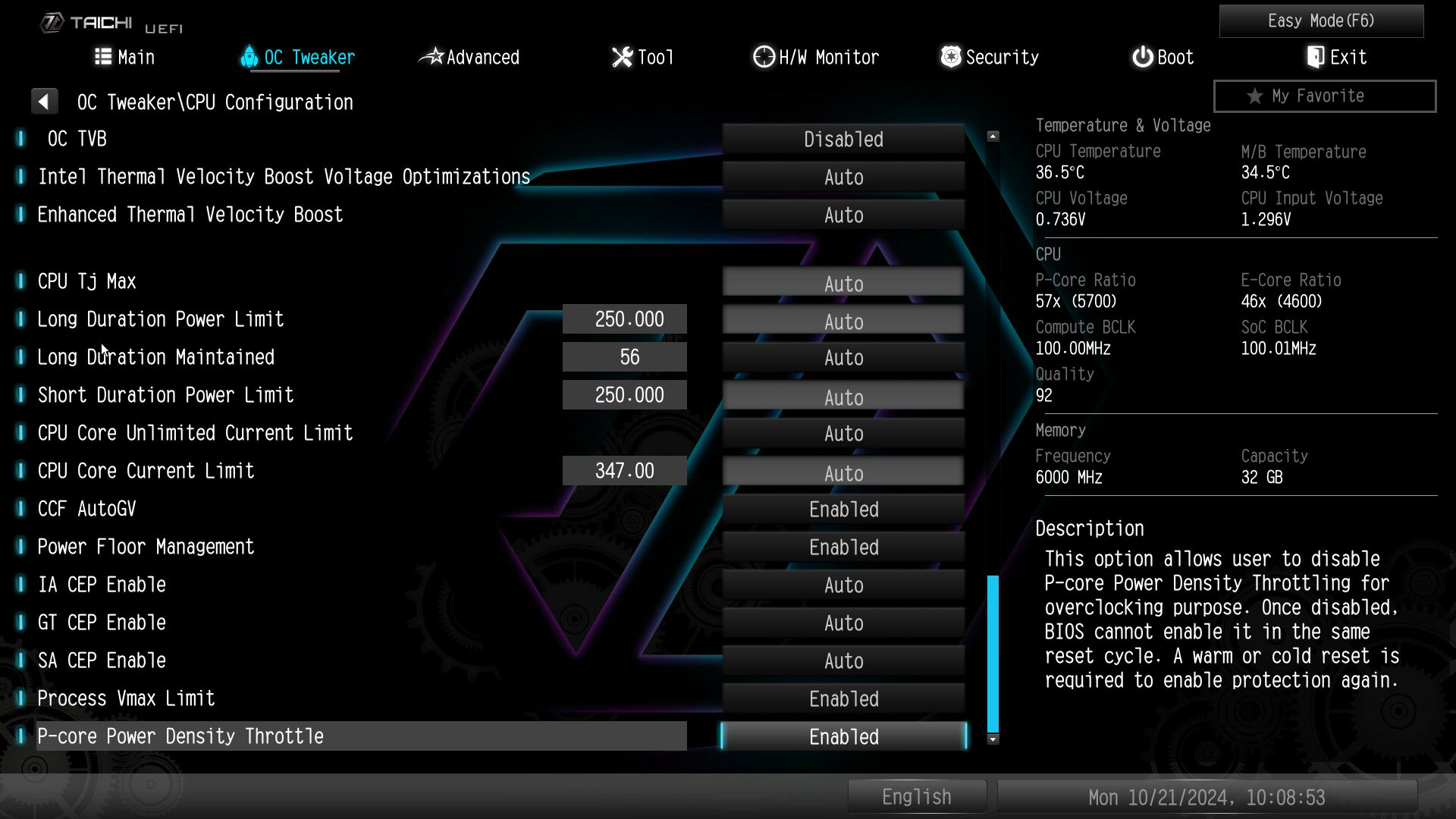
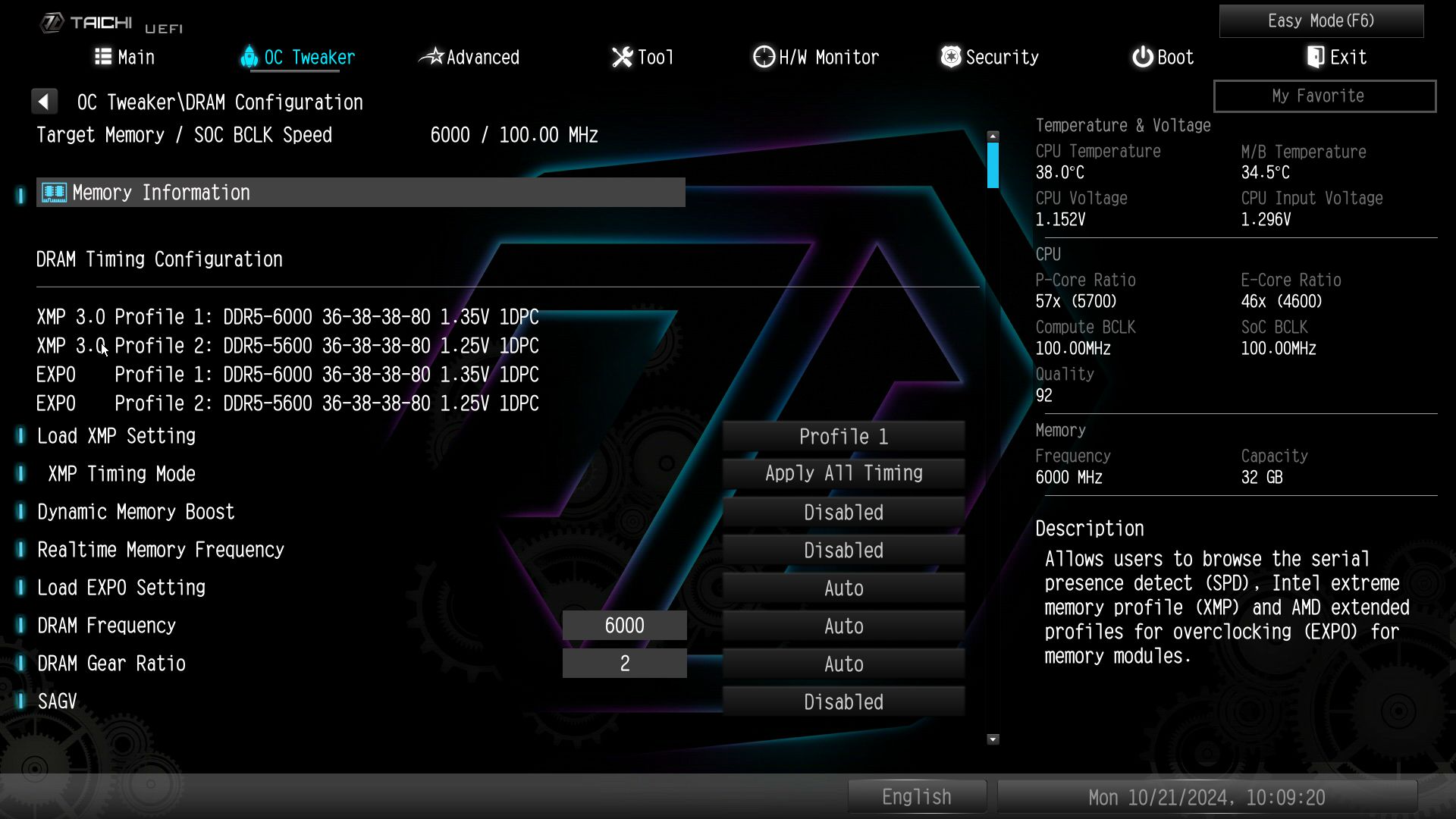
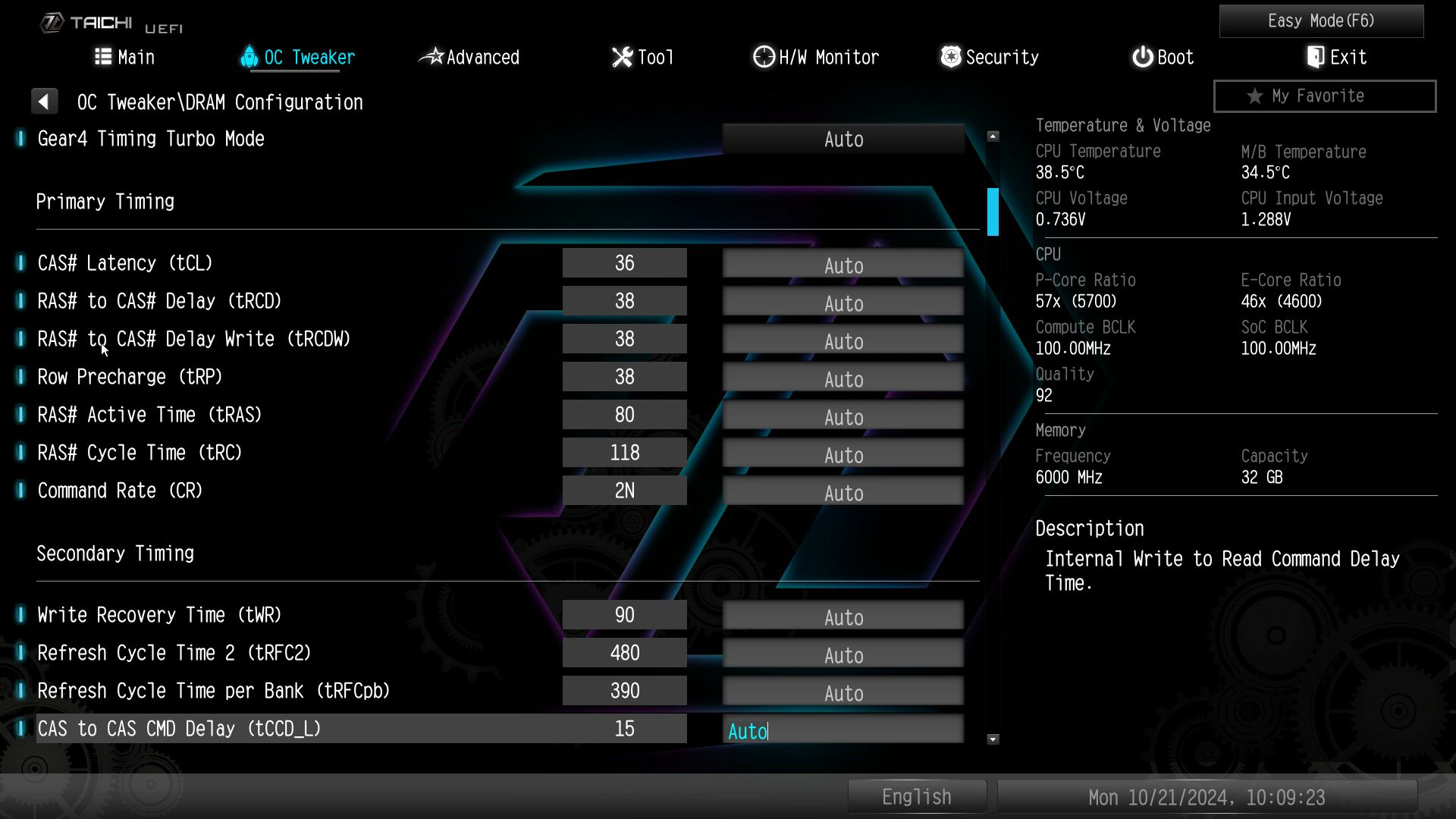
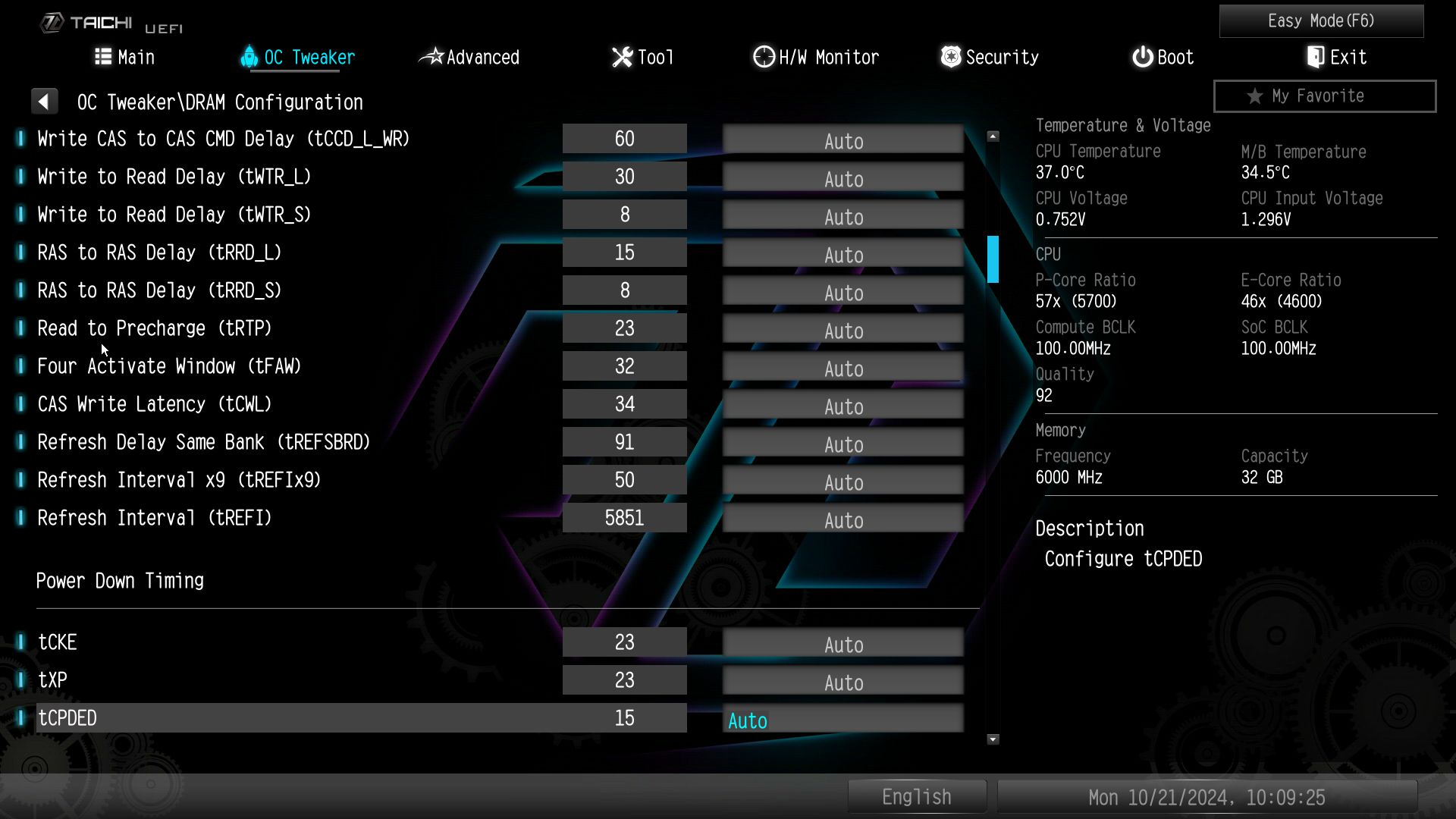
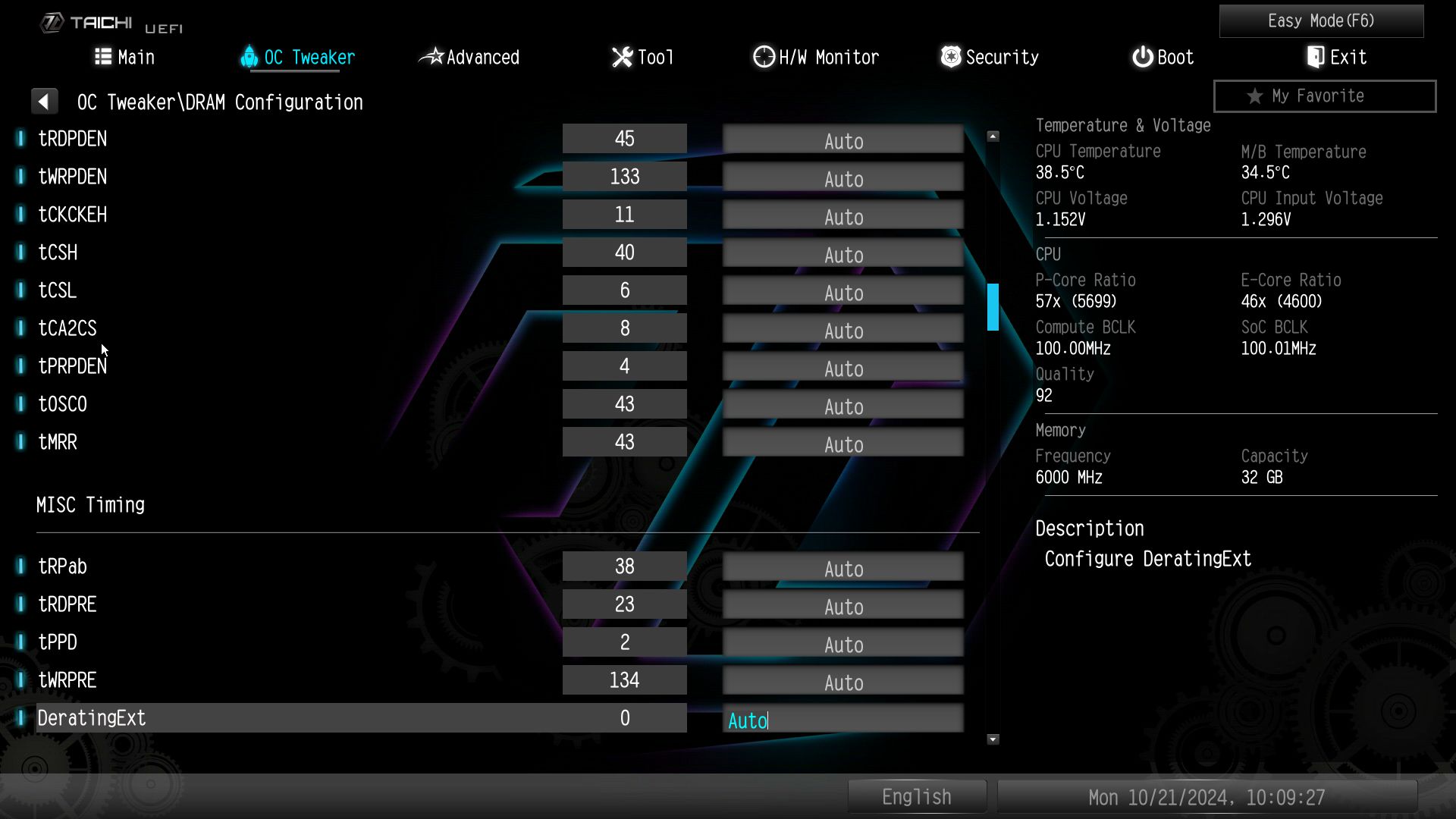
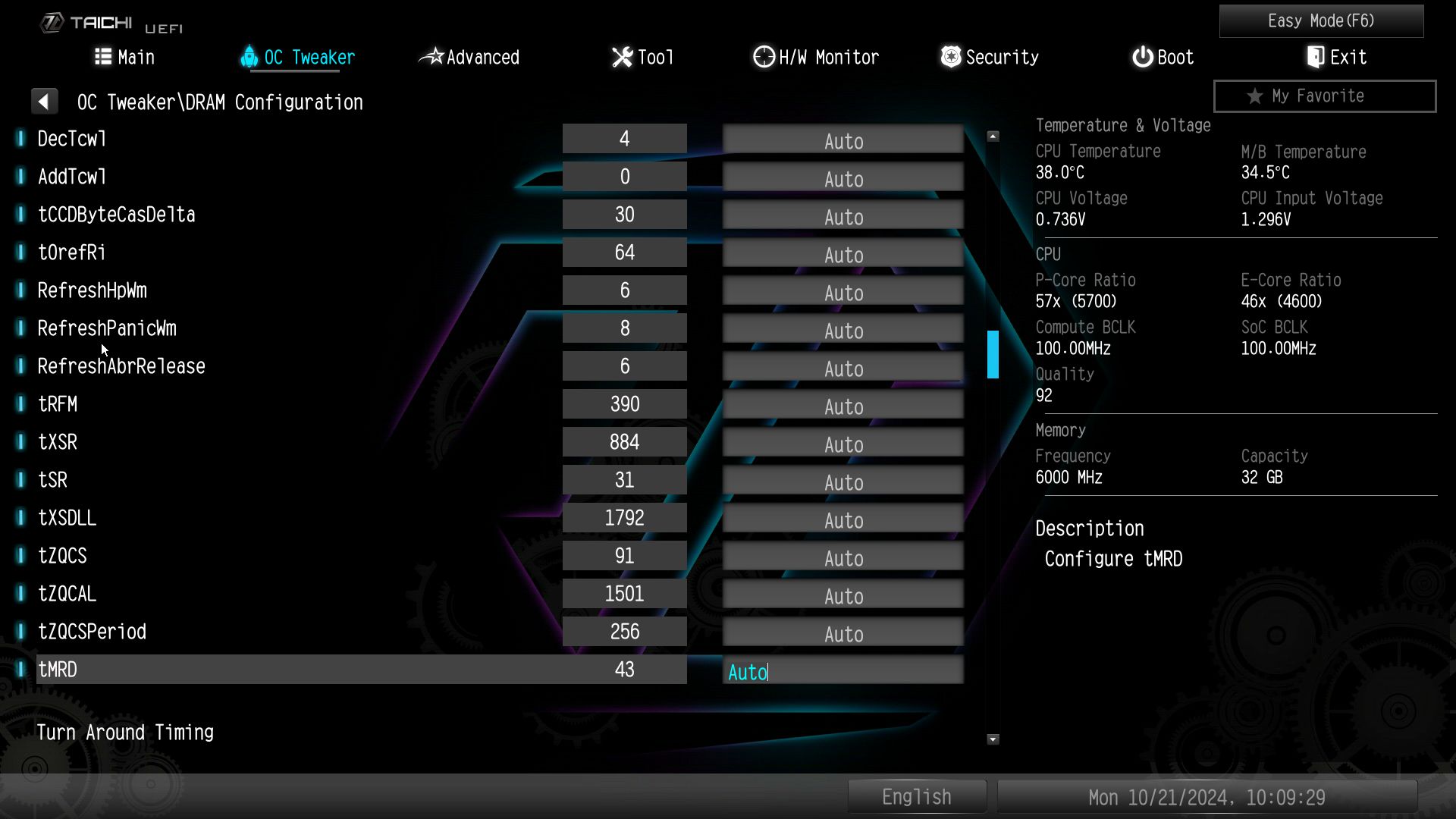
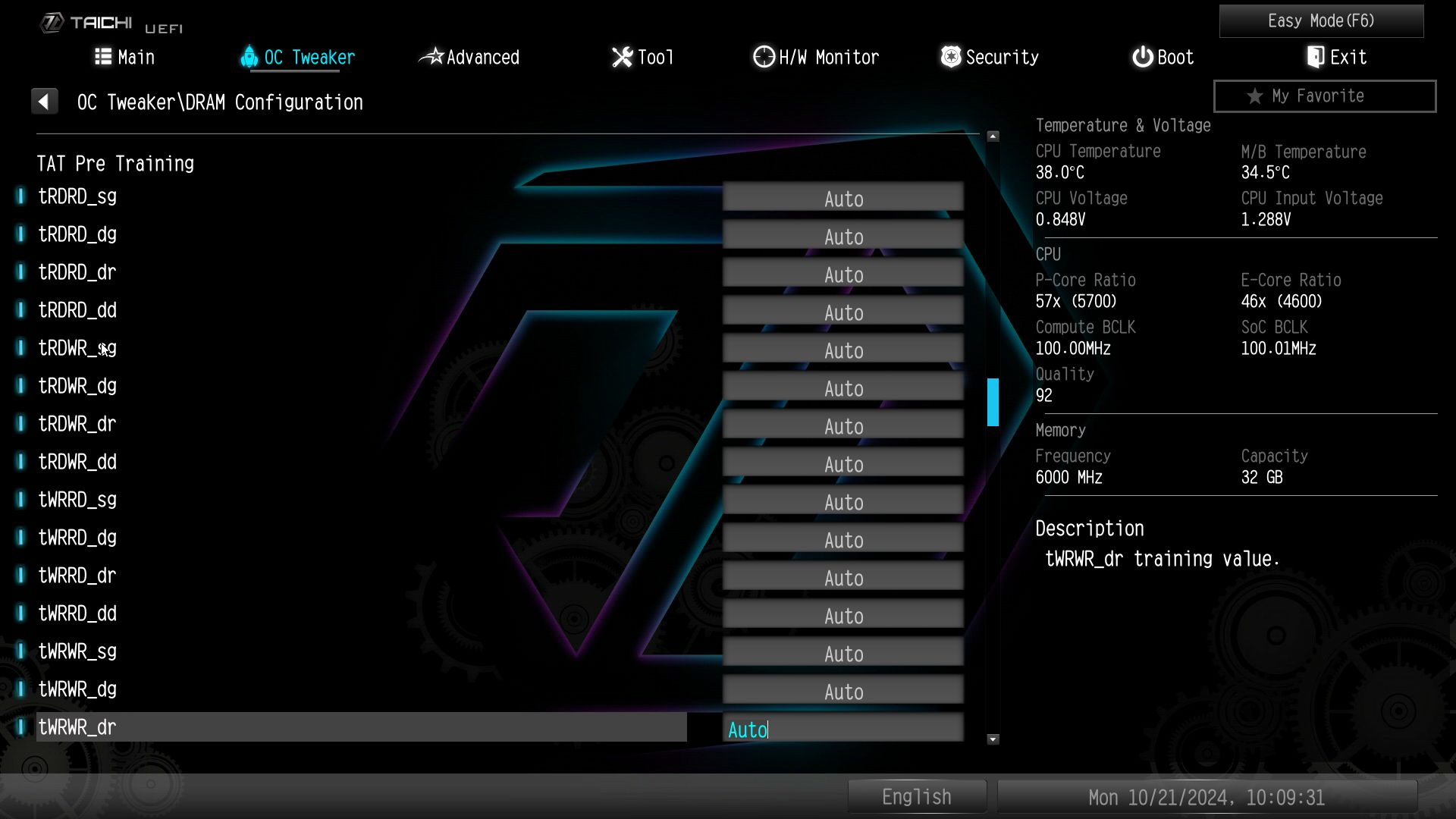
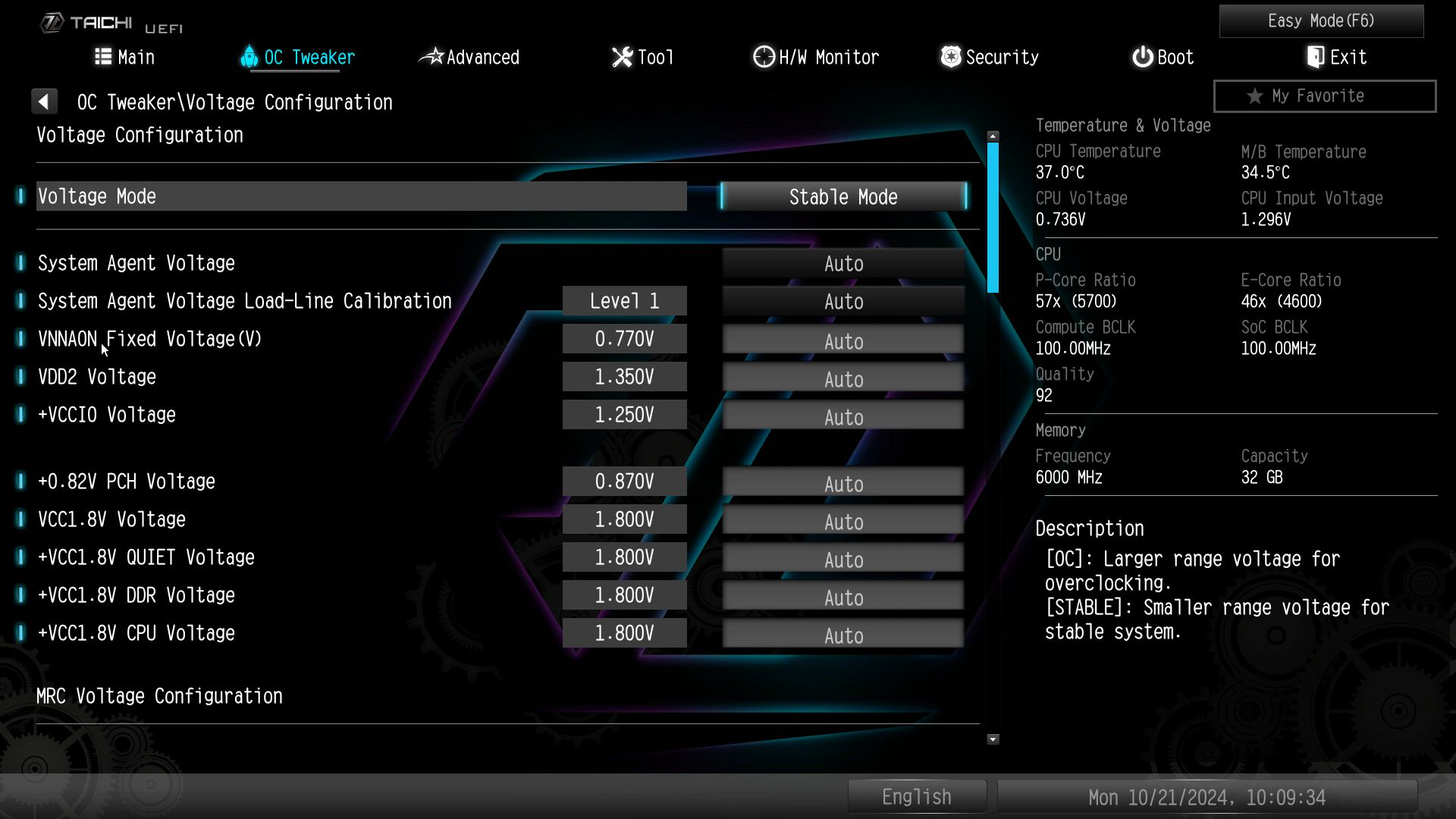
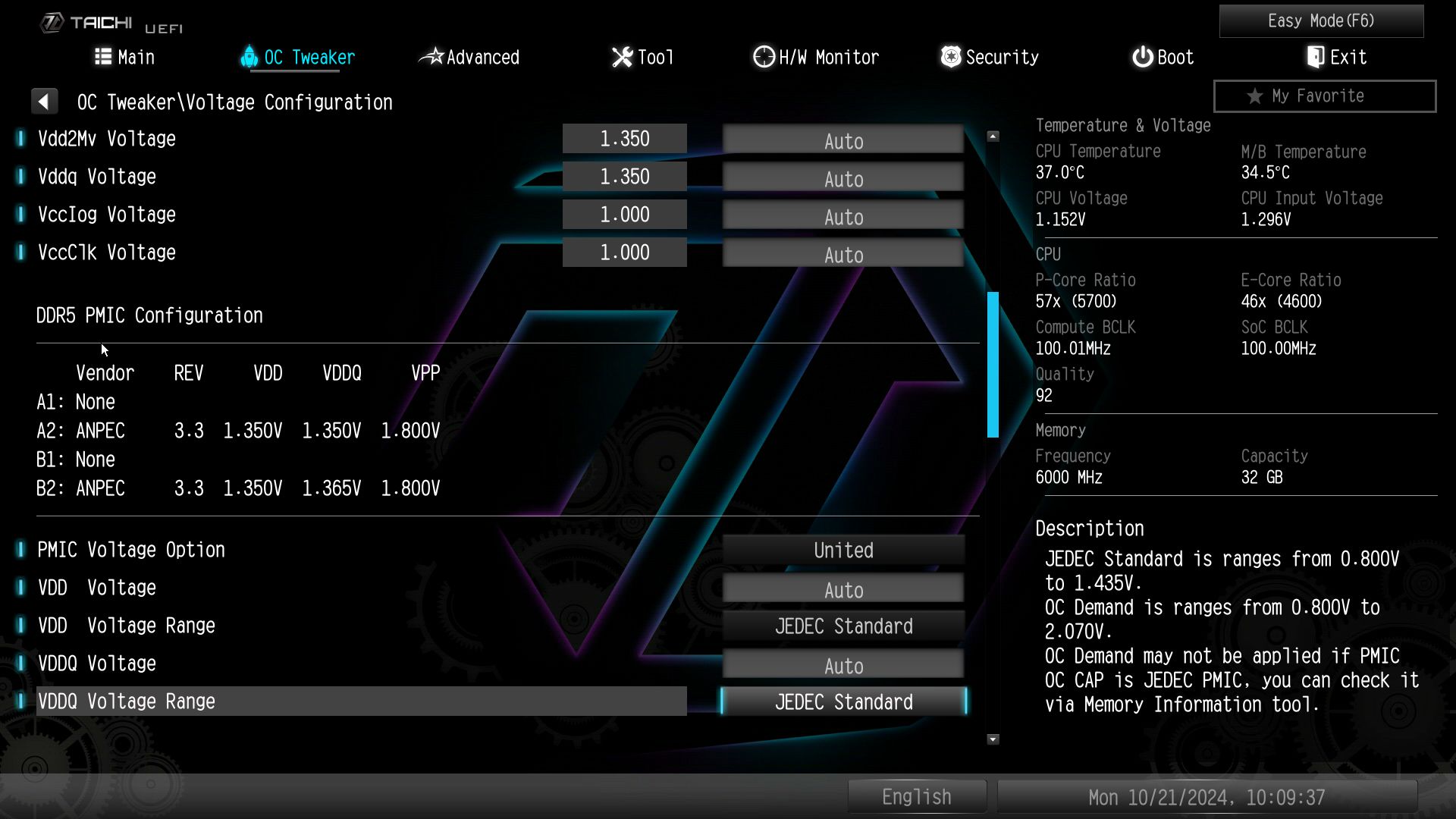
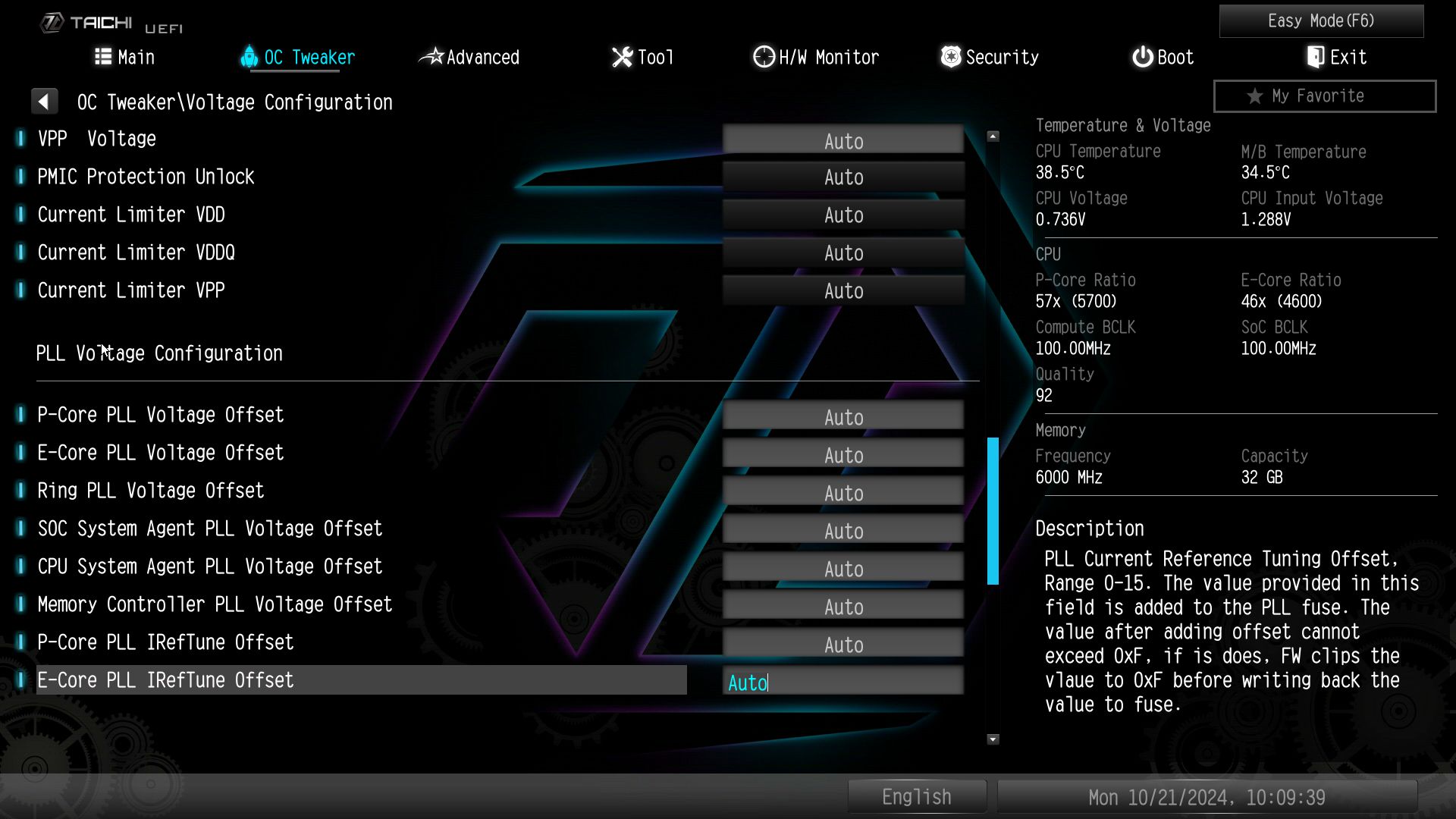
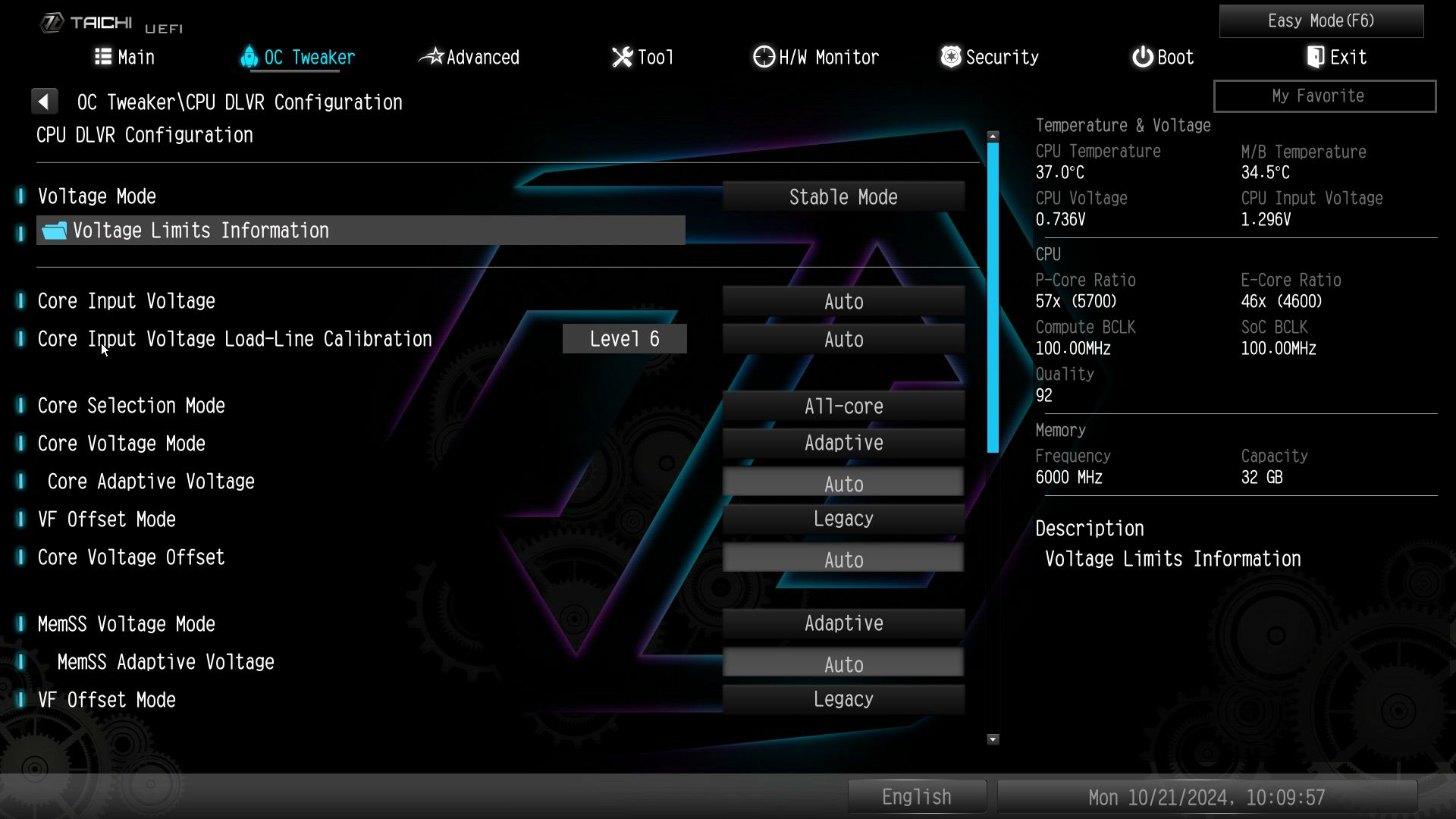
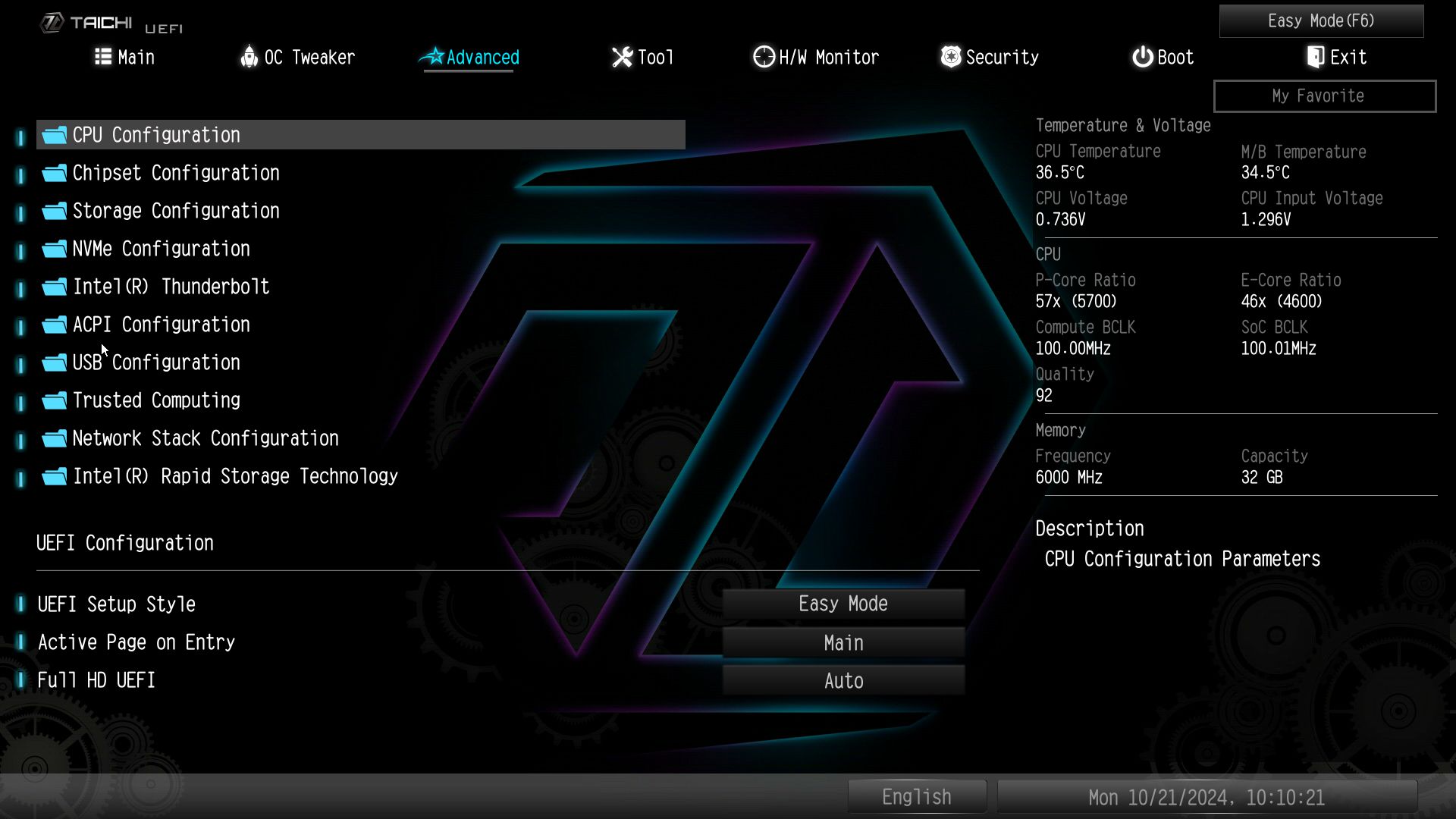
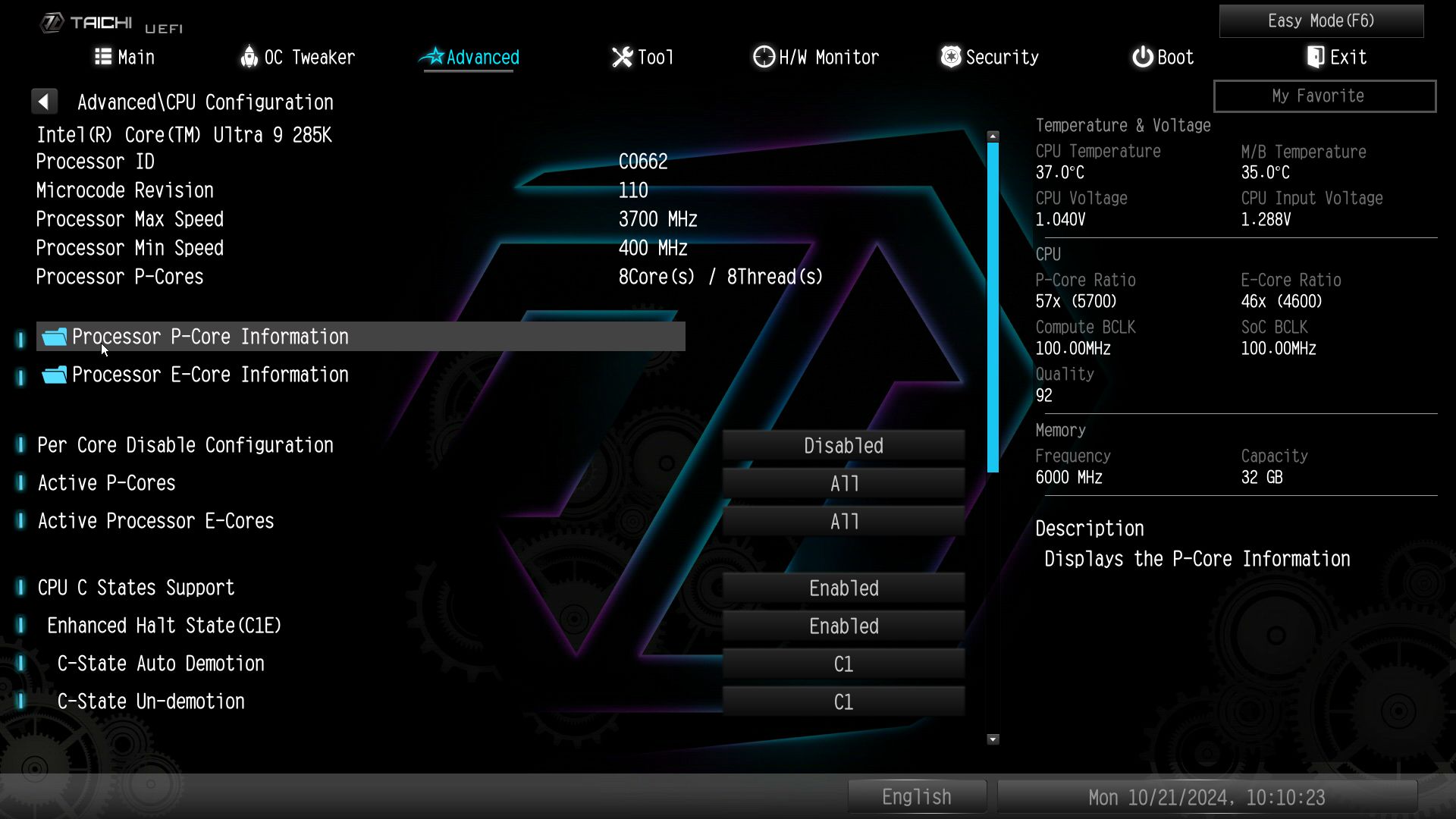
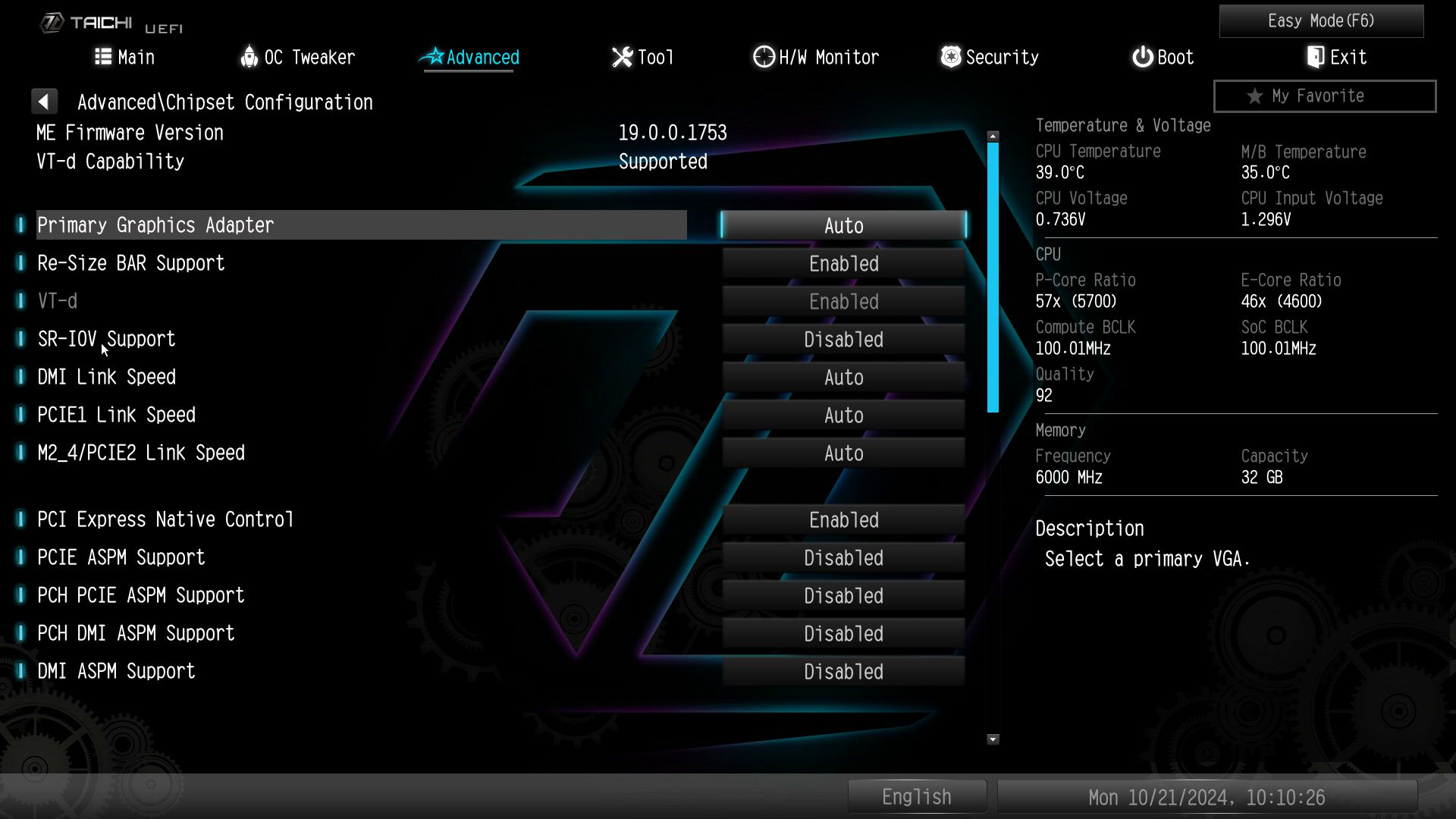
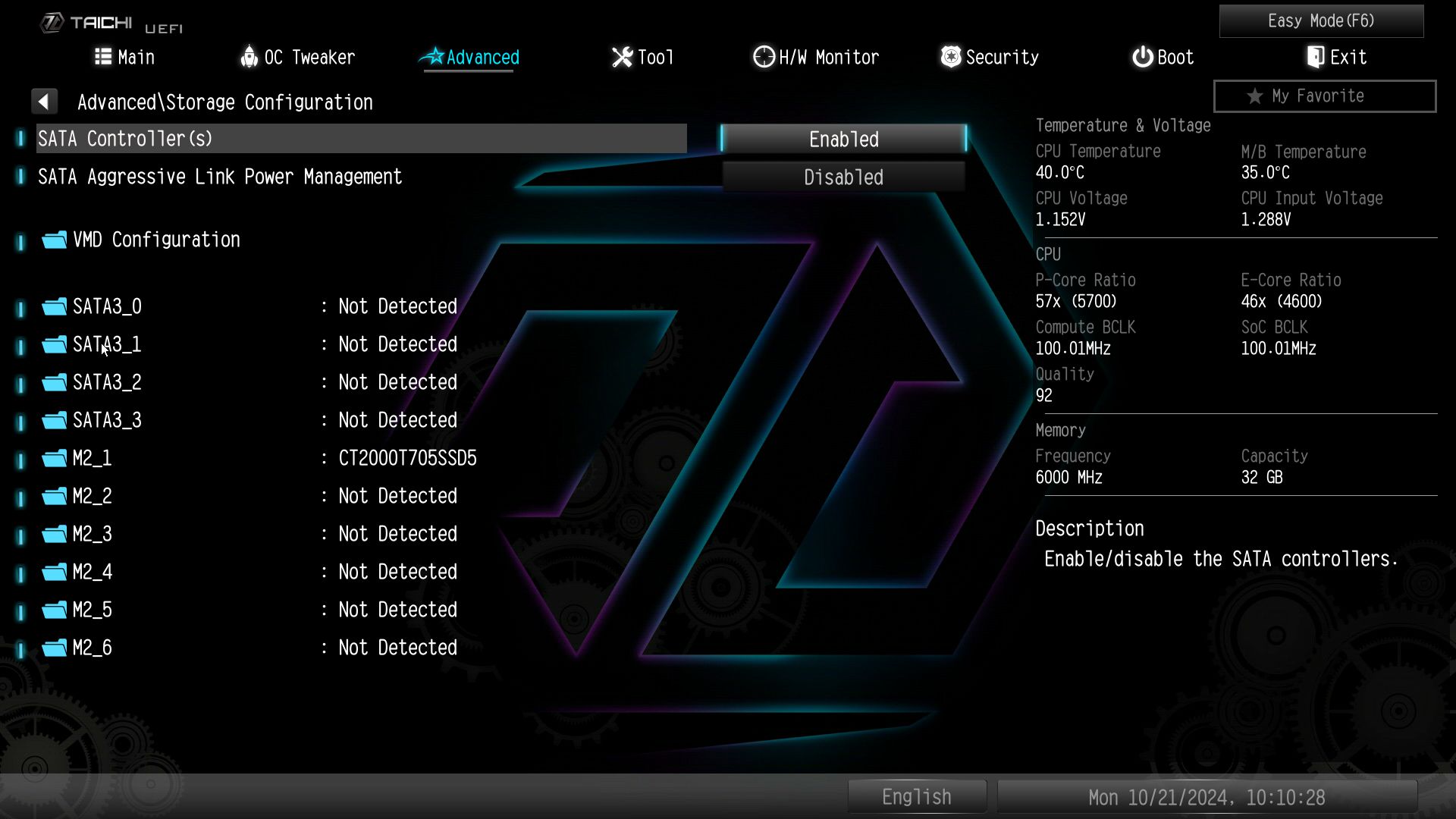
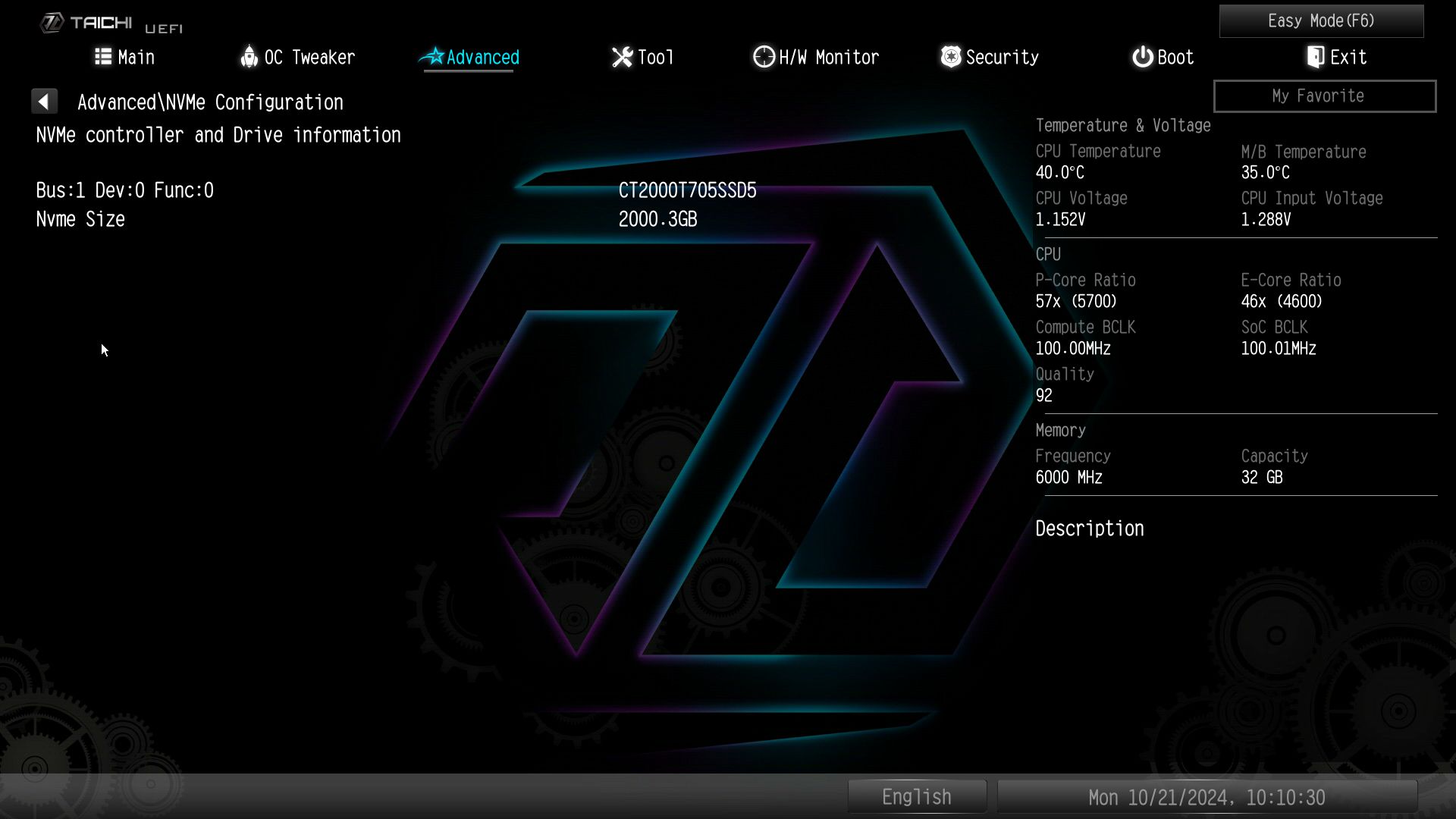
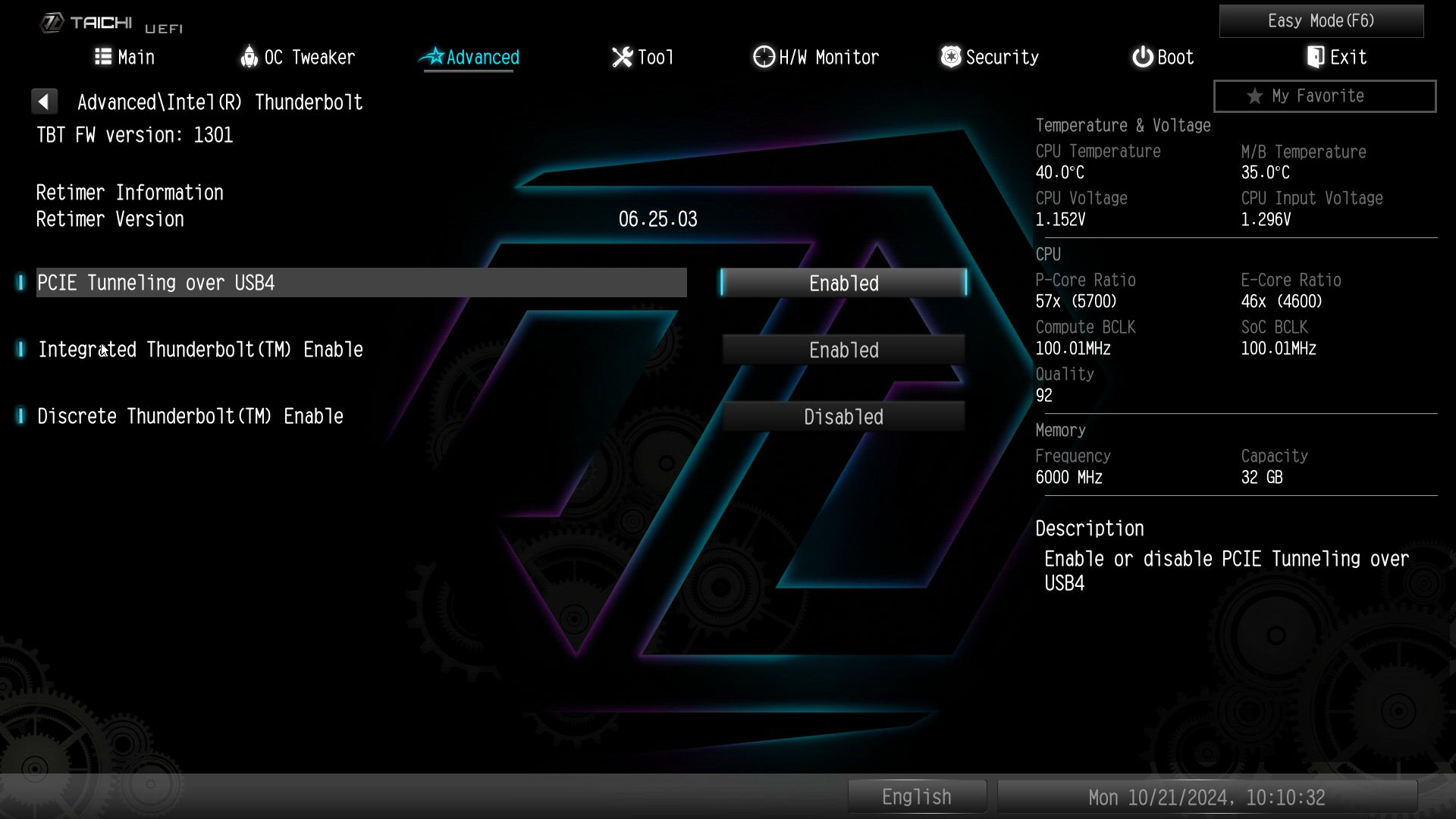
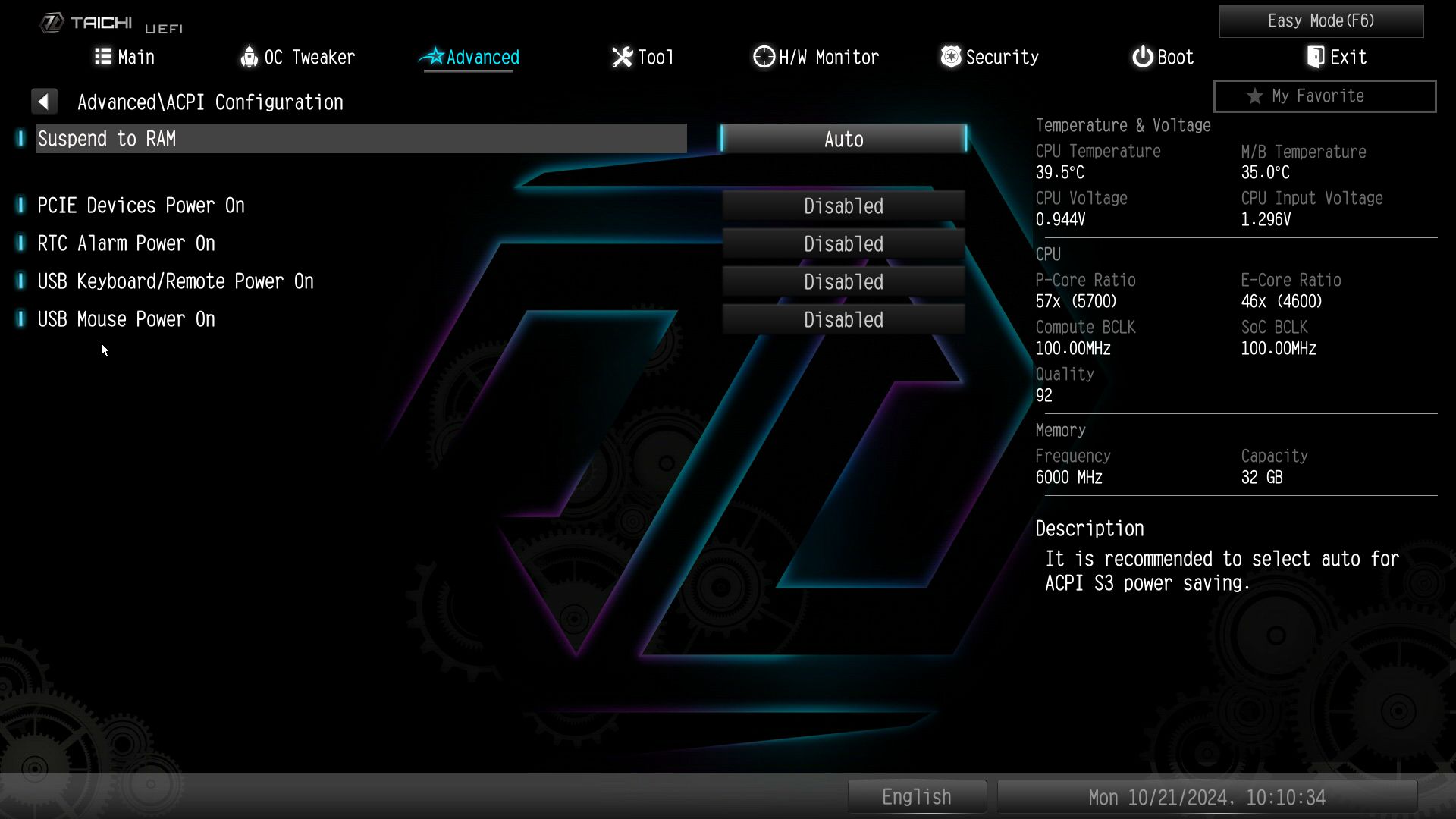

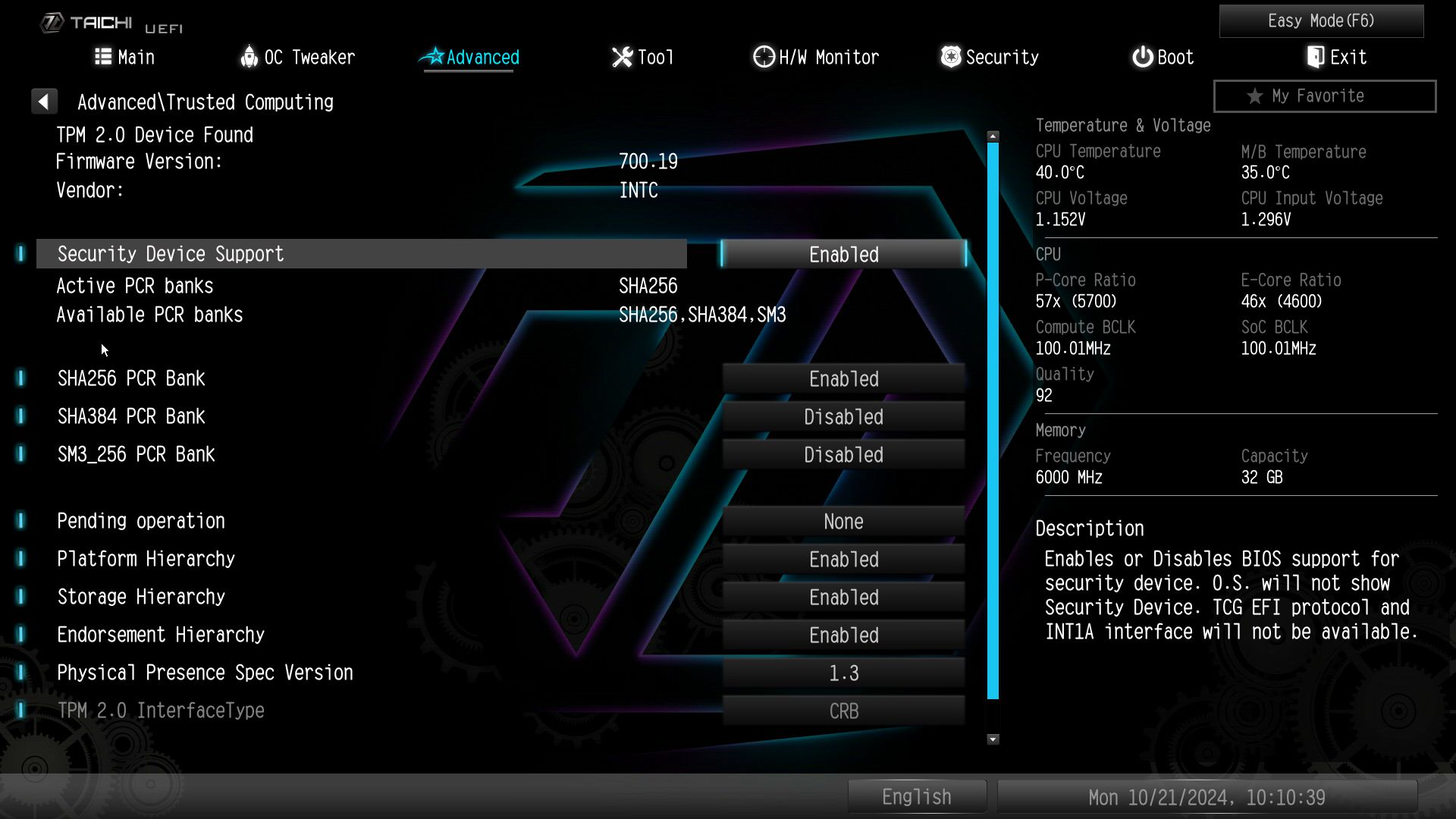
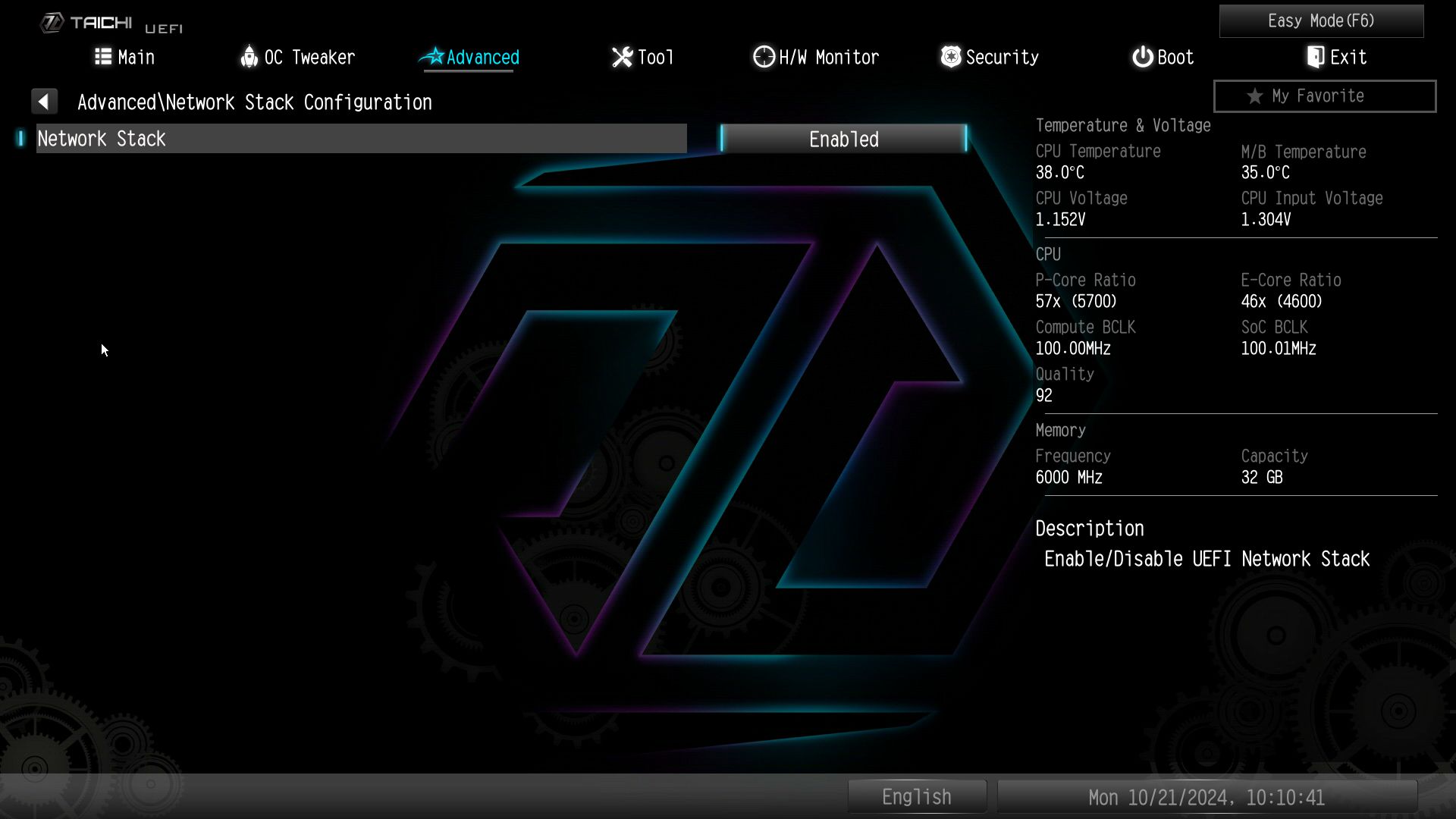
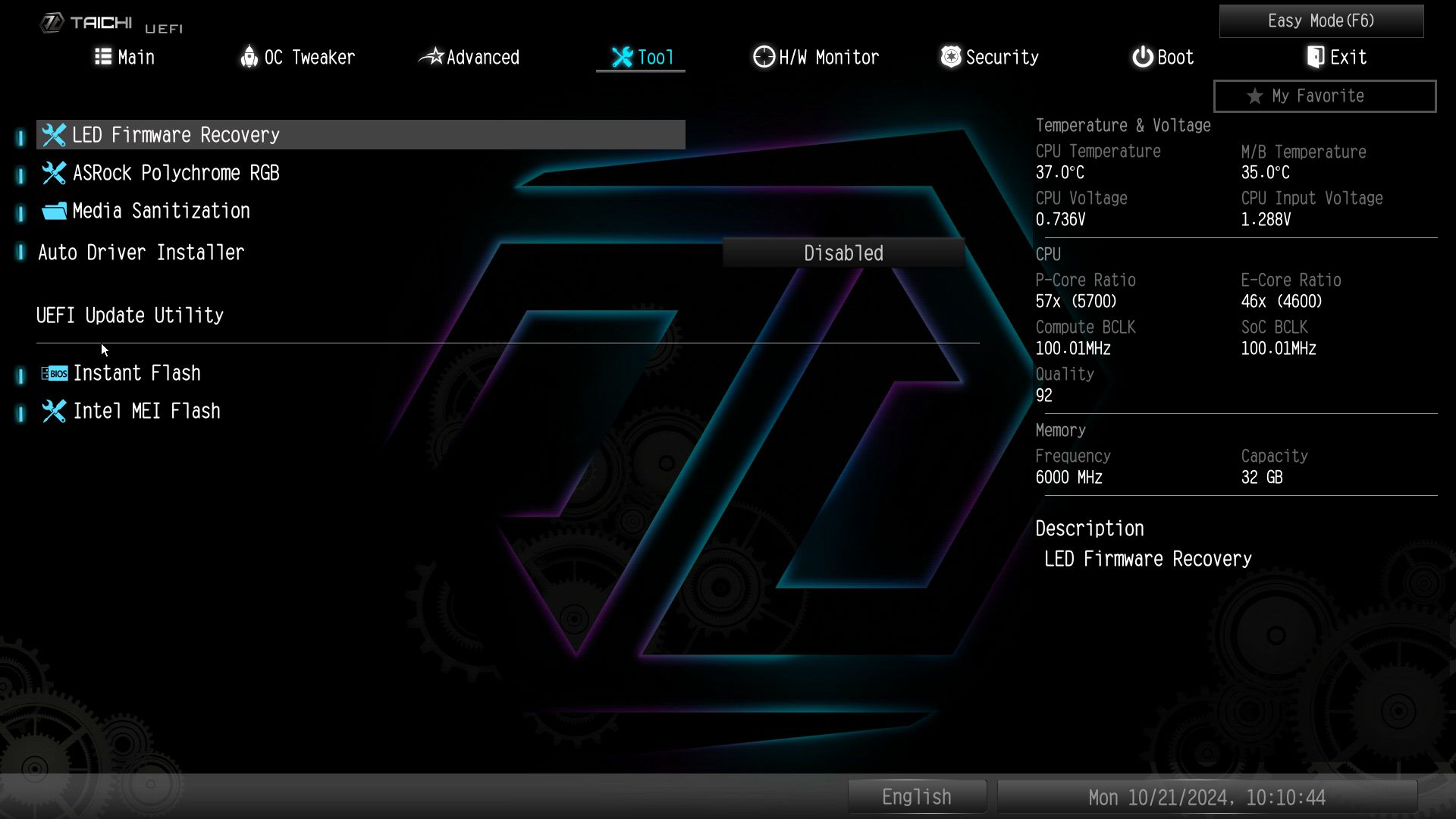

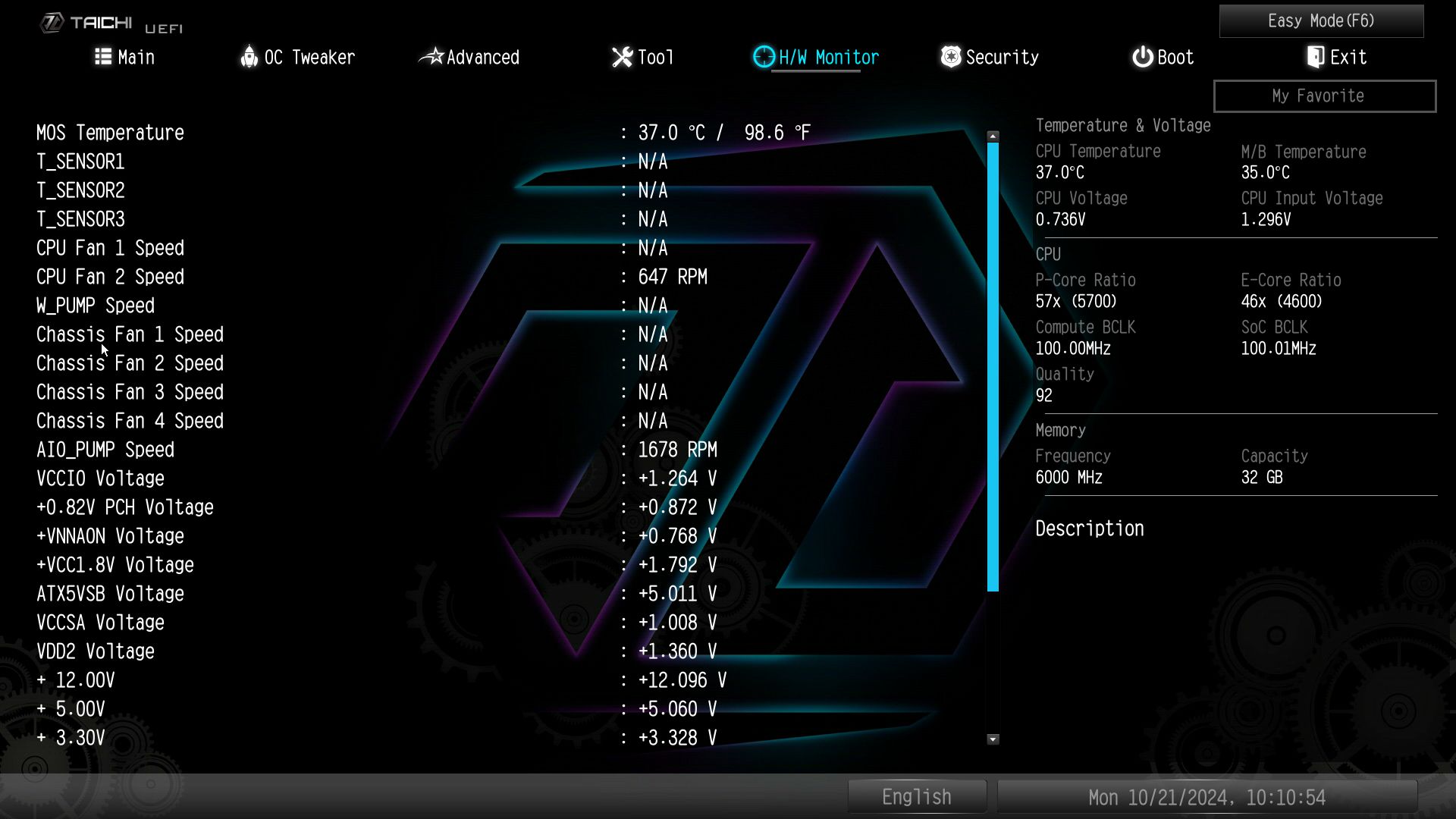
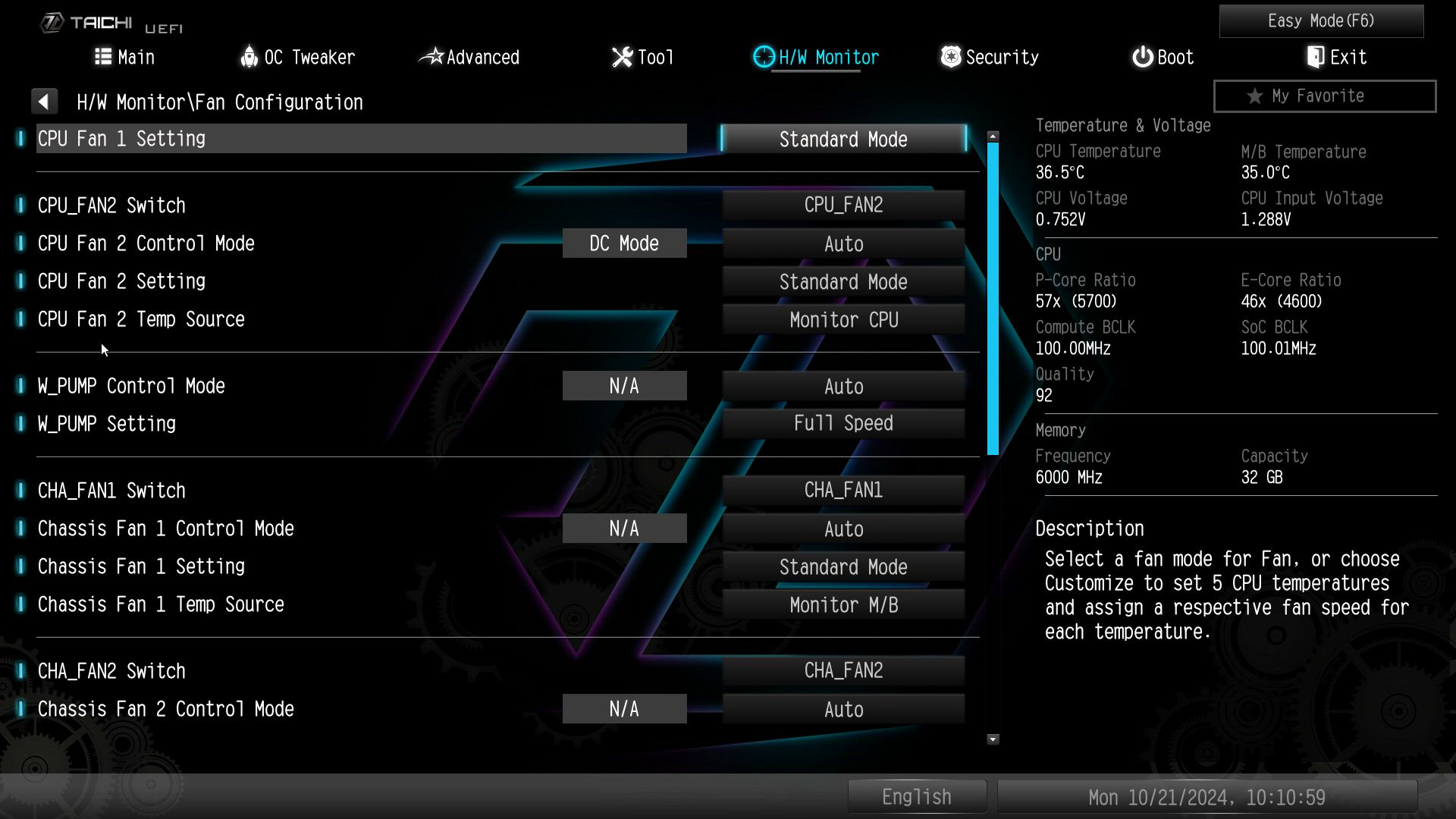
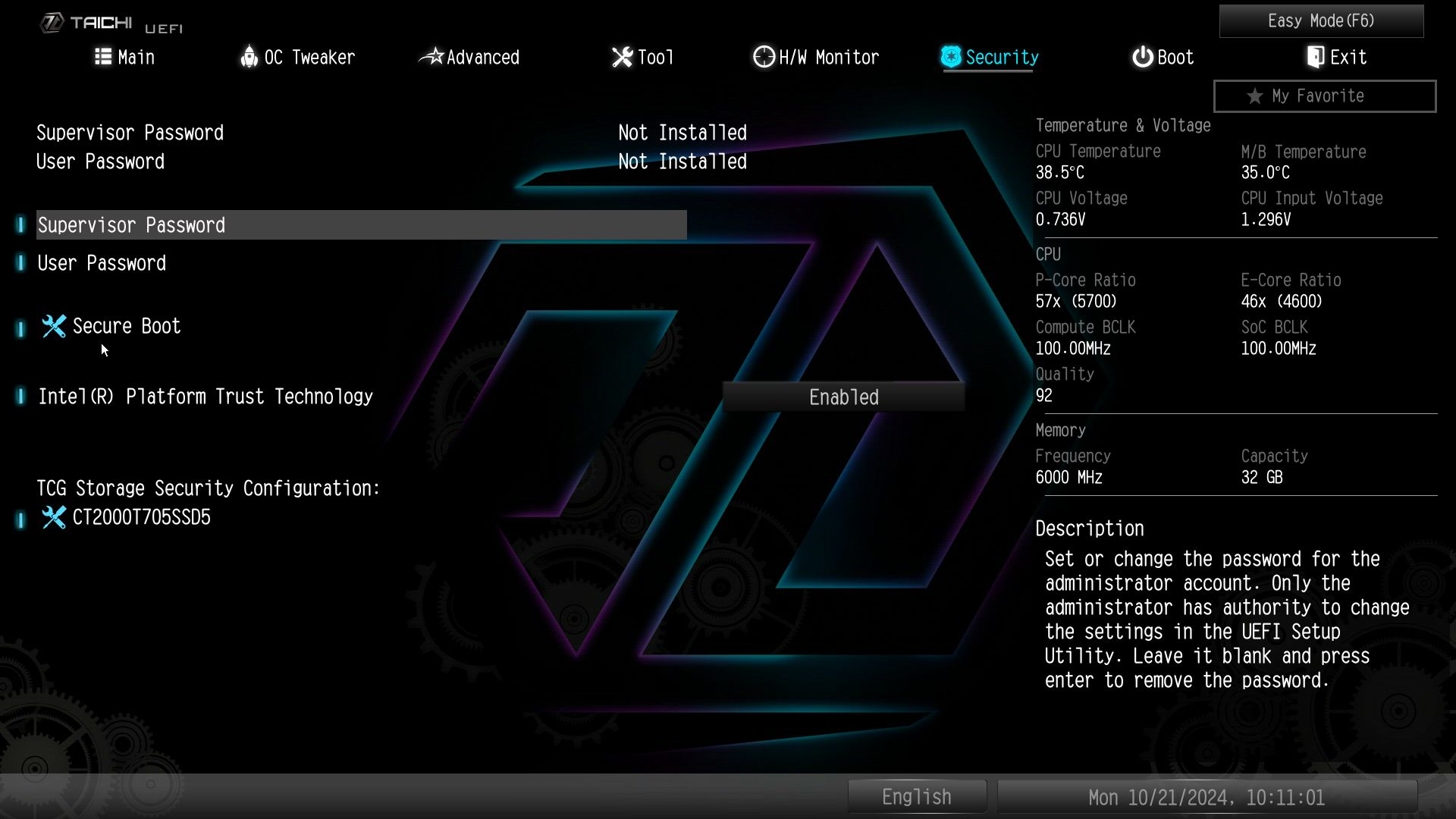
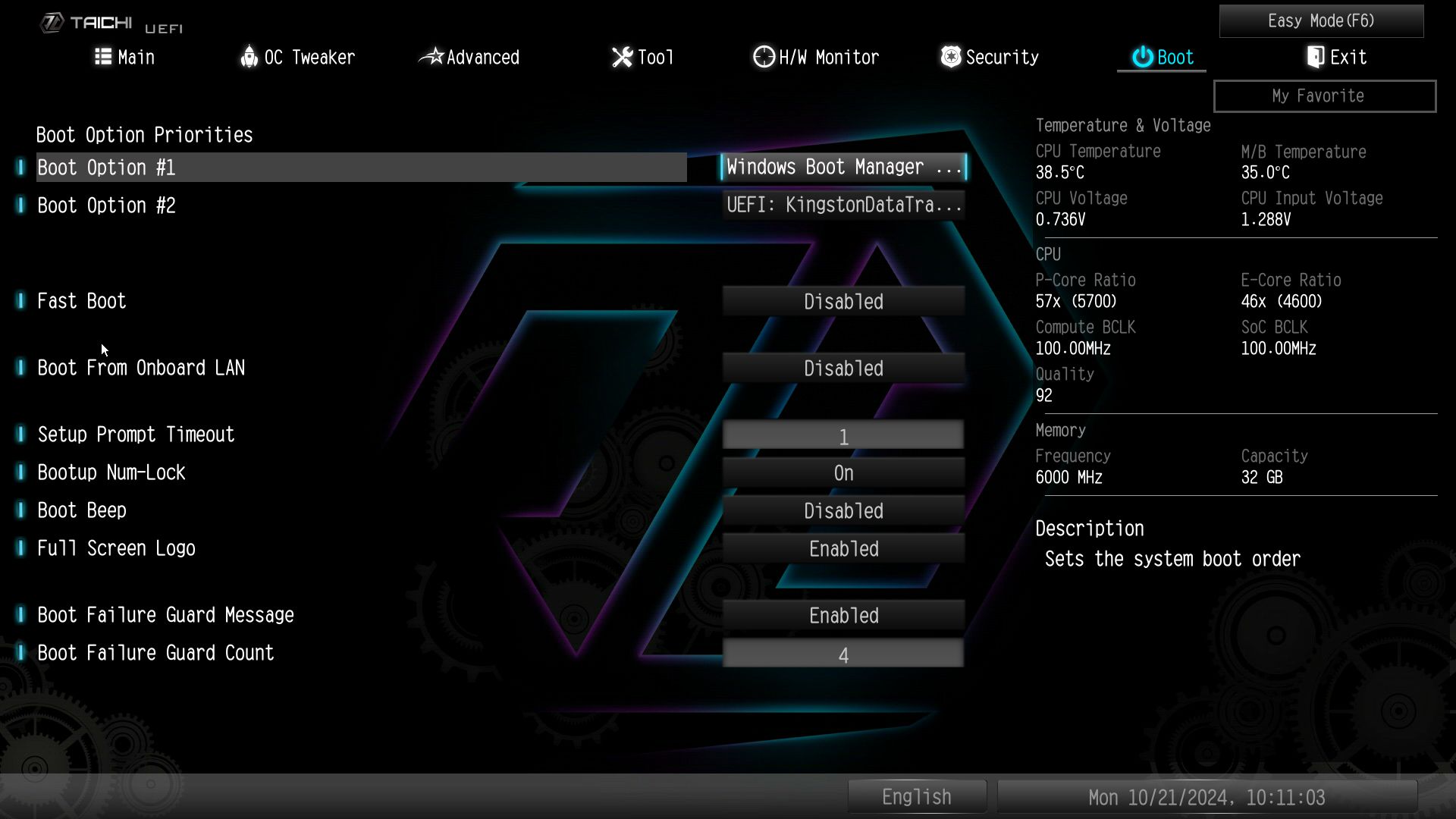
Software
ASRock provides several different software options. It has the App Shop to install drivers and software, the Nahimic 3 audio control panel, the A-Tuning application to overclock your system and control fans, the flexible Polychrome RGB software, and more. There’s also a convenient pop-up to install drivers when you first boot the system (you can disable it from the BIOS). ASRock’s software provides everything users need to manage and tweak their system.
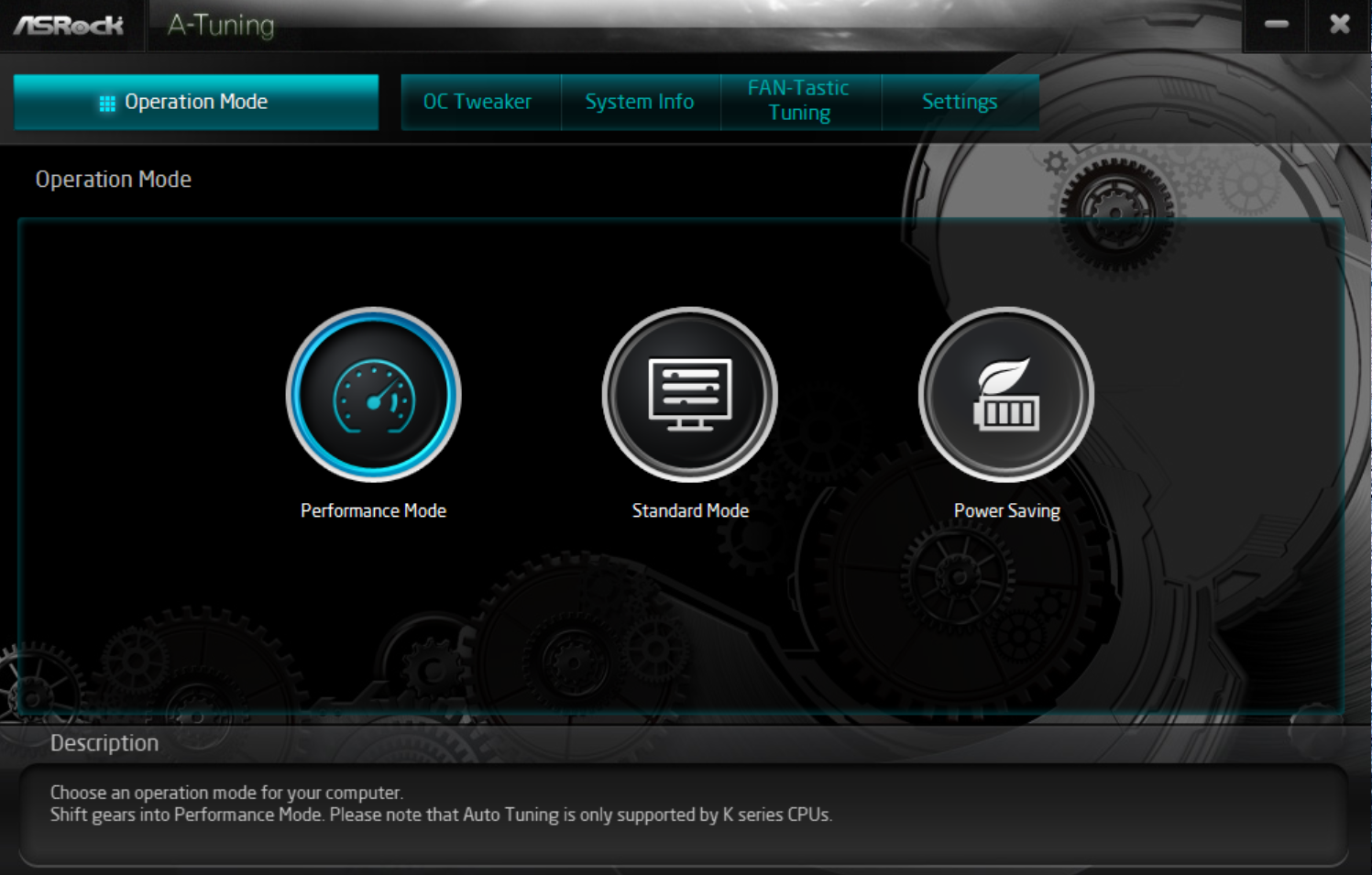
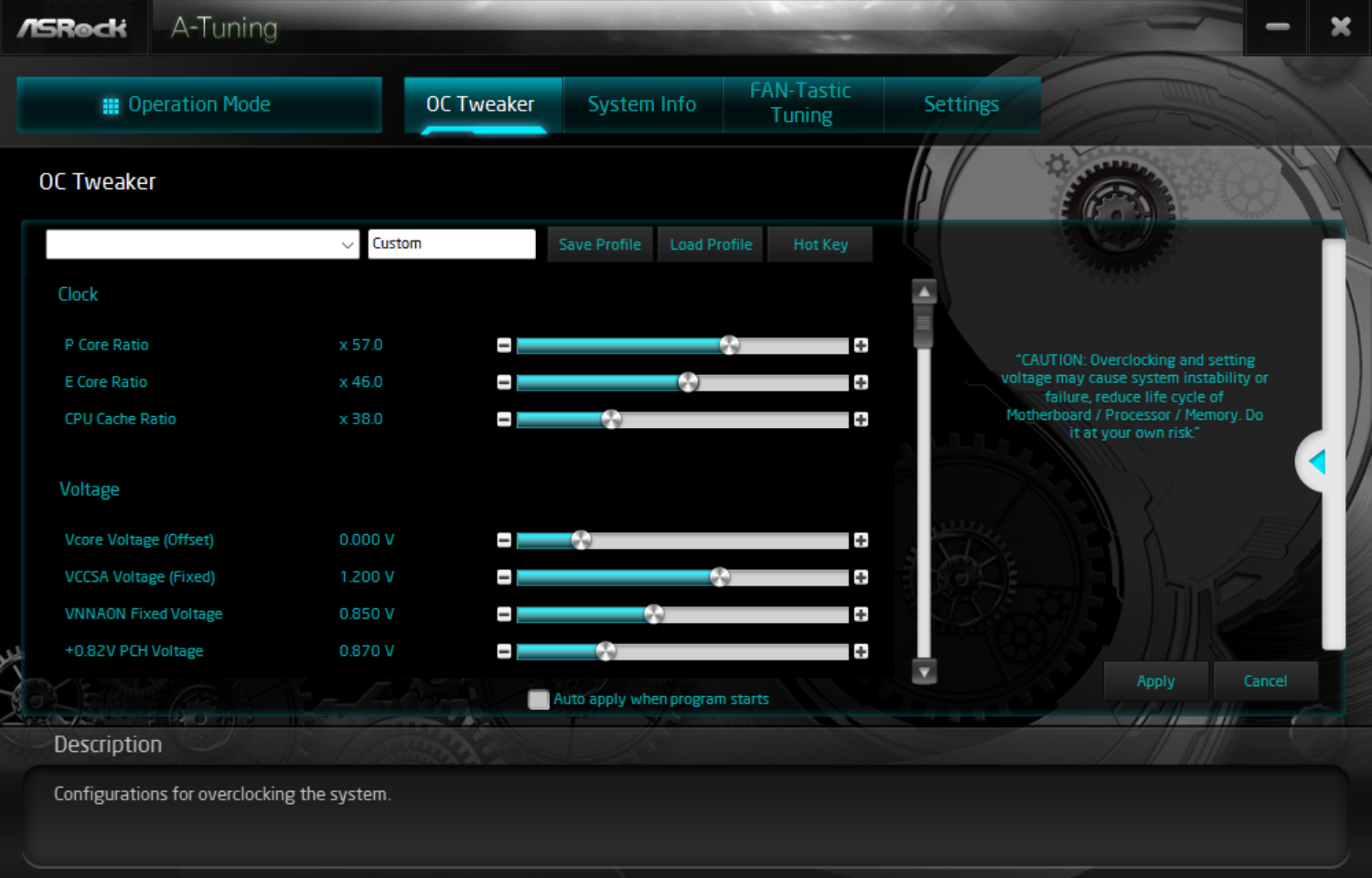
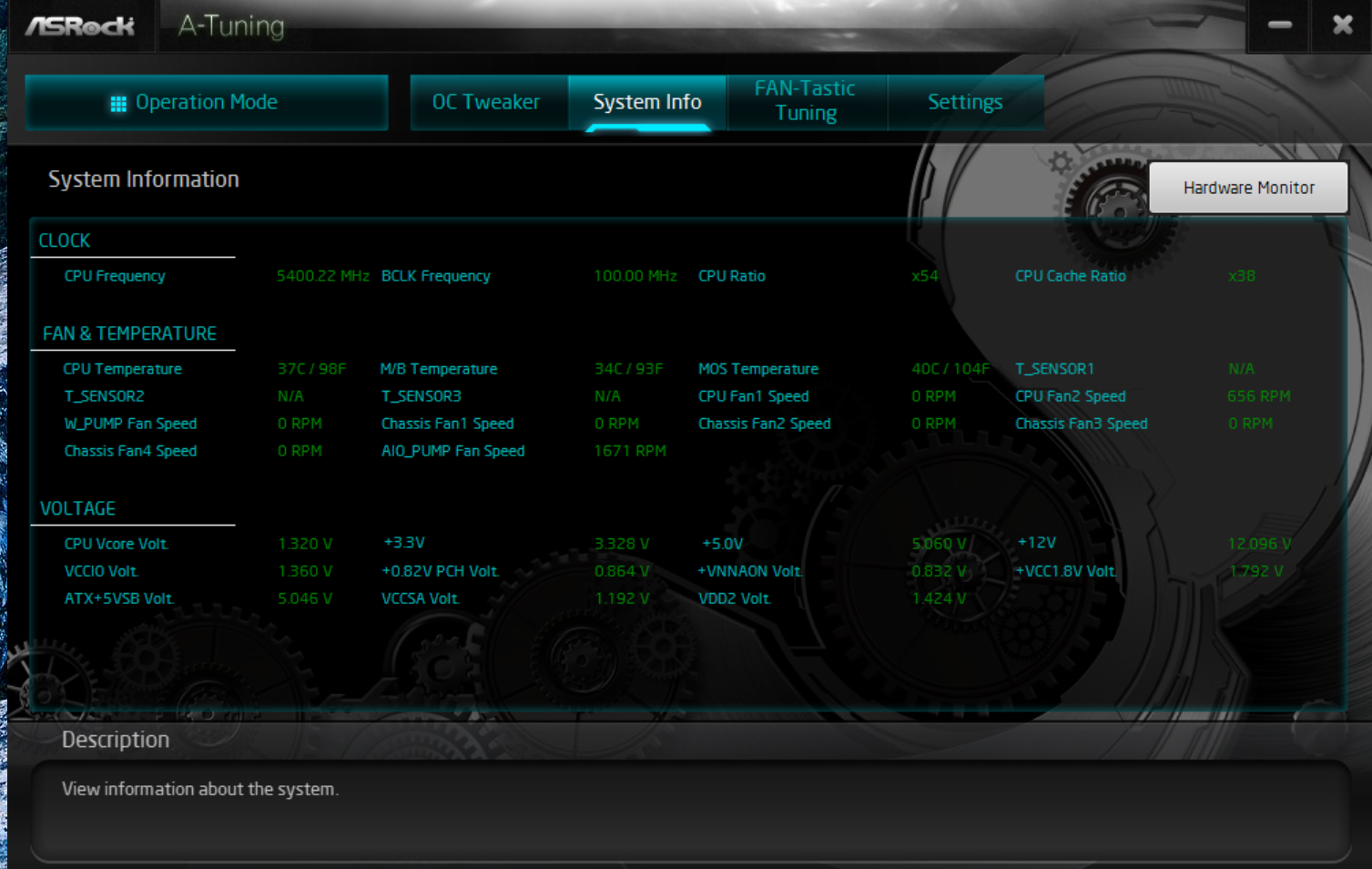
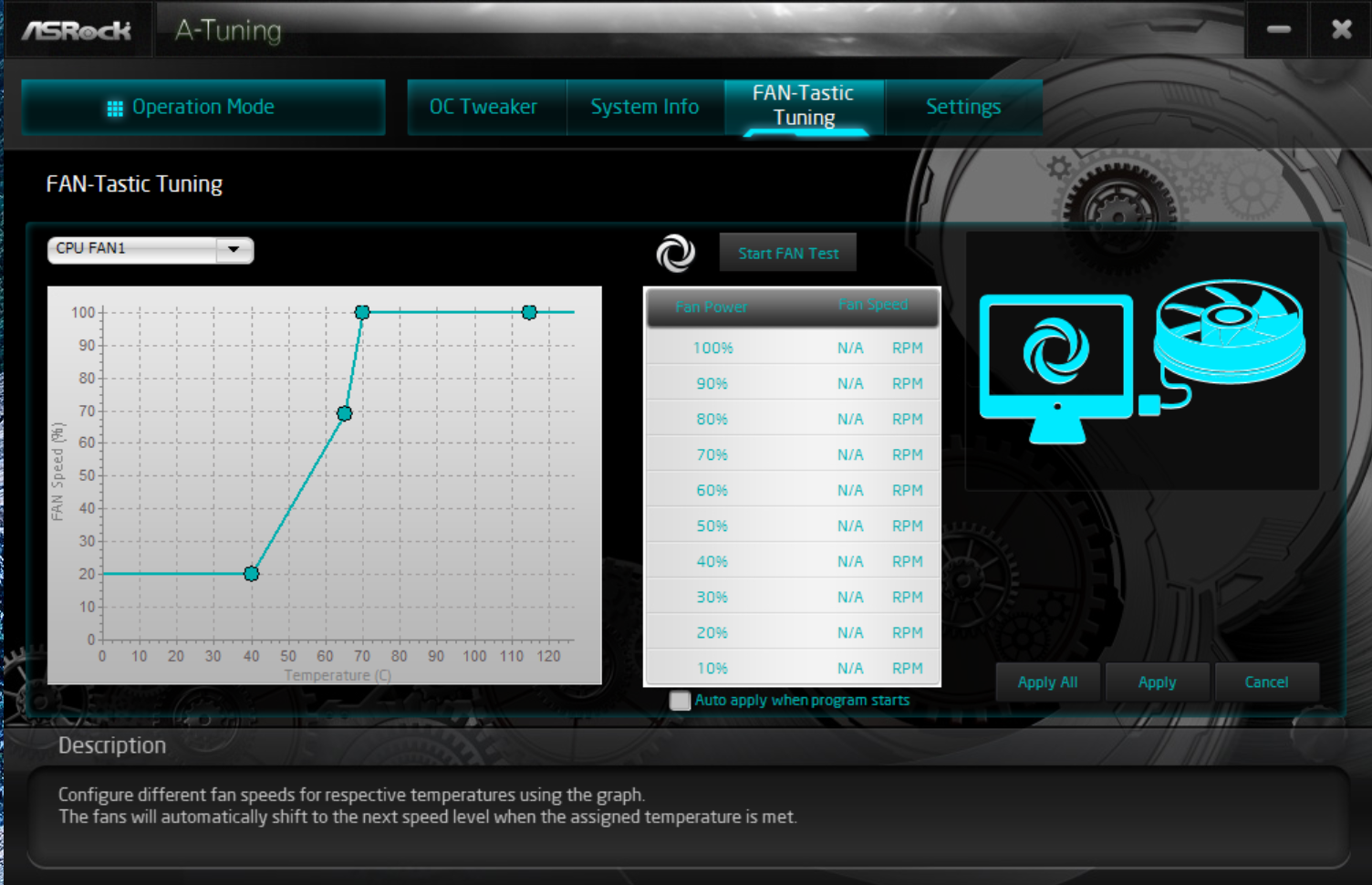
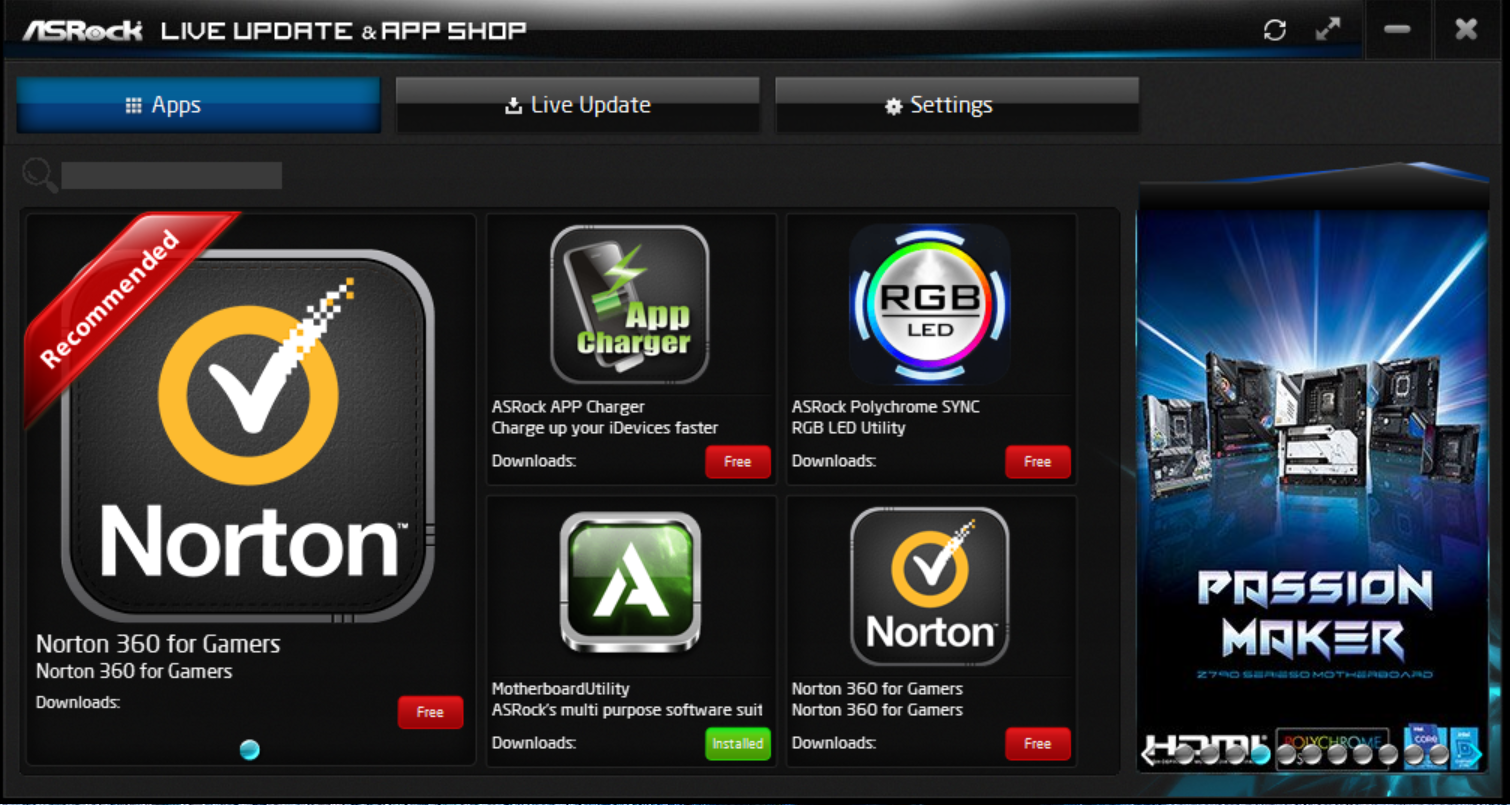
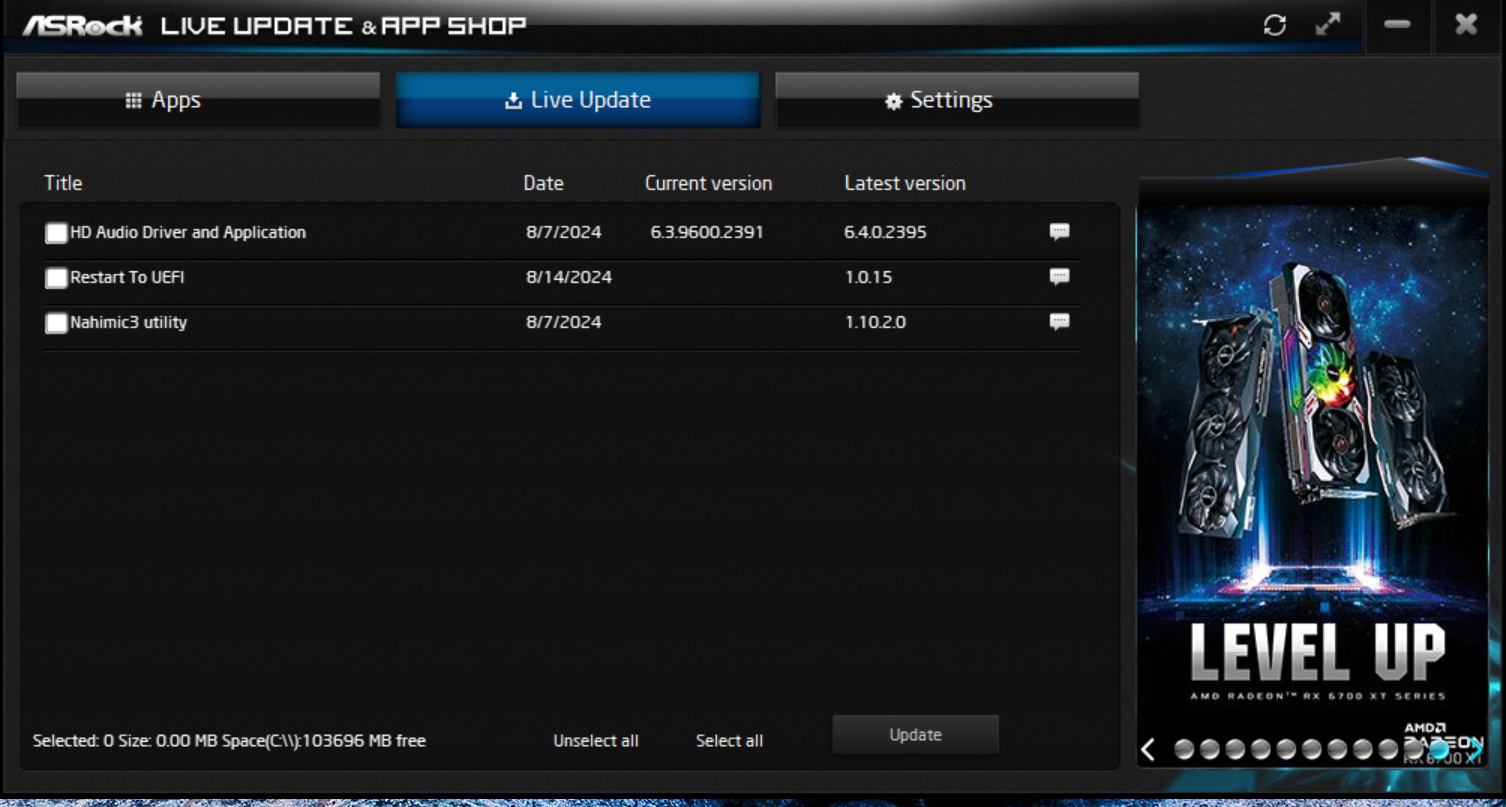
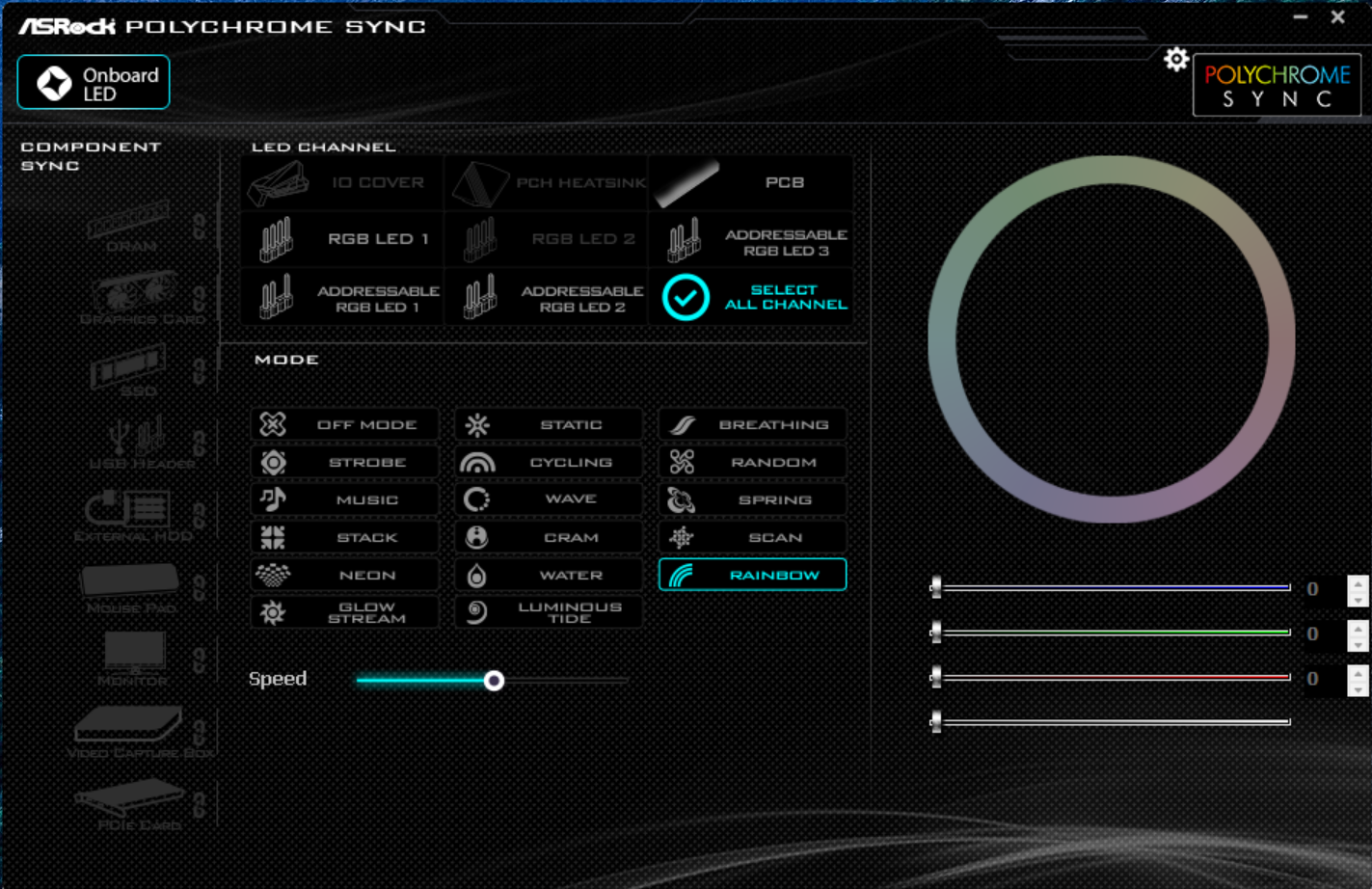
Test System / Comparison Products
We’ve updated our test system to Windows 11 (24H2) 64-bit OS with all updates applied as of mid-October September 2024, which includes all OS optimizations. Hardware-wise, we’ve updated the RAM kits to match the AMD system, as well as cooling, storage, and our video card. Unless otherwise noted, we use the latest non-beta motherboard BIOS available to the public. Thanks to Asus for providing the RTX 4080 TUF graphics card and Crucial for the 2TB T705 SSDs. The hardware we used is as follows:
Test System Components
| CPU | Intel Core Ultra 9 285K |
| Cooling | Arctic Liquid Freezer II 420 |
| Storage | Crucial 2TB T705 M.2 PCIe 5.0 NVMe SSD |
| RAM | Kingston Fury Beast DDR5-6000 CL36 (KF560C36BBEAK2-32) |
| RAM | GSkill Trident Z5 CK (F5-8200C4052G24GX2) |
| RAM | Klevv Cras XR5 RGB DDR5-8000 (KD5AGUA80-80R380S) |
| RAM | Kingston Renegade Fury DDR5-8200 CU-DIMM (KF582C40RS-24) |
| GPU | Asus TUF RTX 4080 16G |
| PSU | EVGA Supernova 850W P6 |
| Sound | Integrated HD audio |
| Network | Integrated Networking (GbE to 10 GbE) |
| Graphics Driver | GeForce 561.09 |
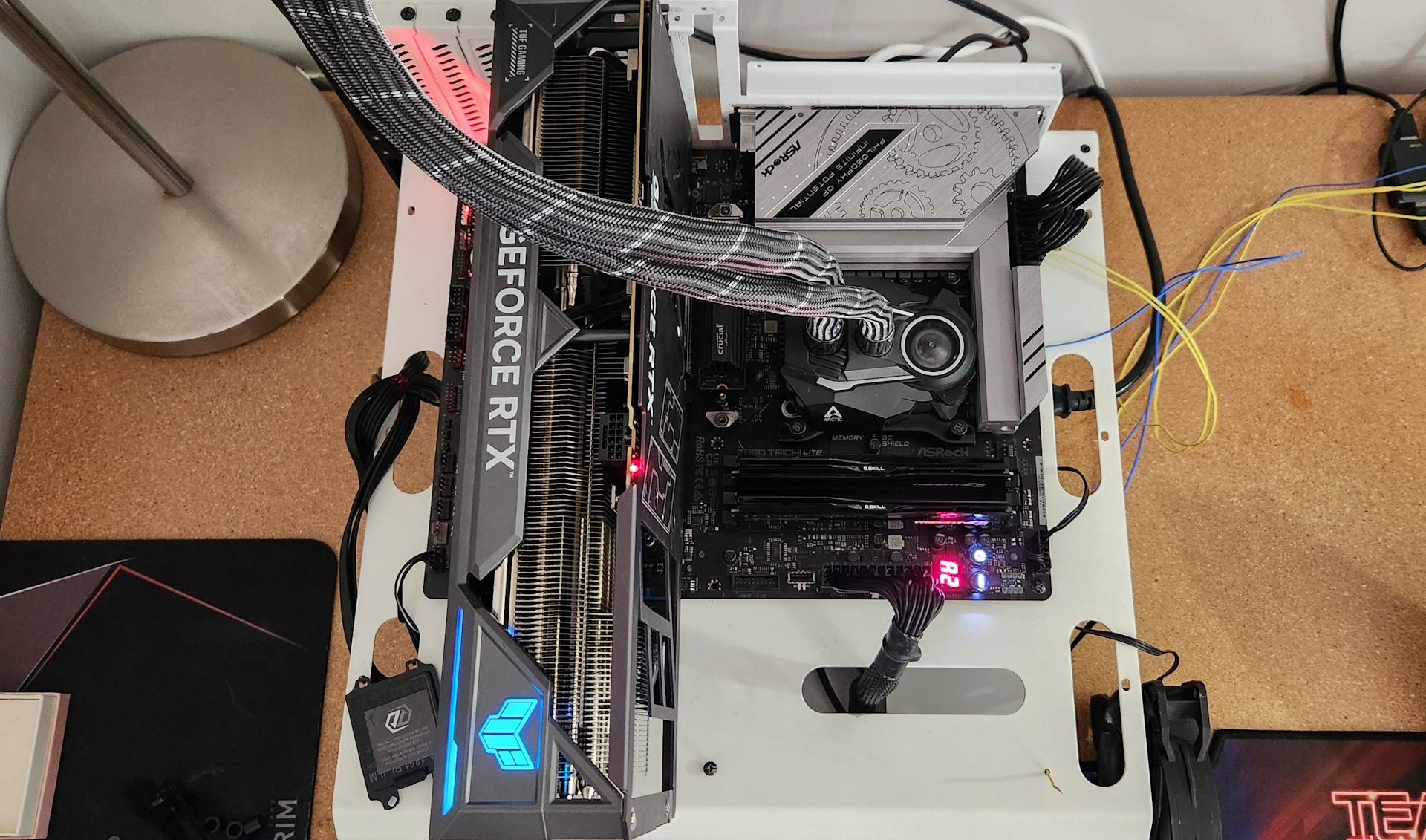
Benchmark Settings
| Synthetic Benchmarks and Settings | Row 0 - Cell 1 |
| Procyon | Version 2.8.1352 64 |
| Row 2 - Cell 0 | Office 365, Video Editing (Premiere Pro 24.6.1), Photo Editing (Photoshop 25.1.2, Lightroom Classic 13.5.1) |
| 3DMark | Version 2.29.8294.0 64 |
| Row 4 - Cell 0 | Speed Way and Steel Nomad (Default) |
| Cinebench R24 | Version 2024.1.0 |
| Row 6 - Cell 0 | Open GL Rendering Benchmark - Single and Multi-threaded |
| Blender | Version 4.2.0 |
| Row 8 - Cell 0 | Full benchmark (all 3 tests) |
| Application Tests and Settings | Row 9 - Cell 1 |
| LAME MP3 | Version SSE2_2019 |
| Row 11 - Cell 0 | Mixed 271MB WAV to mp3: Command: -b 160 --nores (160Kb/s) |
| HandBrake CLI | Version: 1.8.2 |
| Row 13 - Cell 0 | Sintel Open Movie Project: 4.19GB 4K mkv to x264 (light AVX) and x265 (heavy AVX) |
| Corona 1.4 | Version 1.4 |
| Row 15 - Cell 0 | Custom benchmark |
| 7-Zip | Version 24.08 |
| Row 17 - Cell 0 | Integrated benchmark (Command Line) |
| Game Tests and Settings | Row 18 - Cell 1 |
| Cyberpunk 2077 | Ultra RT: - 1920 x 1080, DLSS - Balanced |
| F1 2024 | Ultra High Preset - 1920 x 1080, 16xAF/TAA, Great Britain (Clear/Dry), FPS Counter ON |
MORE: Best Motherboards
MORE: How To Choose A Motherboard
MORE: All Motherboard Content
Get Tom's Hardware's best news and in-depth reviews, straight to your inbox.
Current page: Firmware, Software and Test System
Prev Page Features and Specifications Next Page Benchmarks and Final Analysis
Joe Shields is a staff writer at Tom’s Hardware. He reviews motherboards and PC components.
